A six or seven minute read or you can listen to the story in the audio file above.
I met a turkey last week and asked the silliest question. It was alive and well and was a 'rescue turkey'. Who knew there were rescue turkeys?
I was delivering three of my books to a reader in a pretty place called, appropriately, if spelt differently, Buxworth, just off the A6 in Derbyshire. The house was large and the garden huge. Gerri Ross, who’d bought the books, greeted us and explained how her family took in ducks, hens and even turkeys and looked after them if people couldn’t cope with their care anymore. The family used the eggs, of course, but as vegetarians they didn’t kill their feathery guests.
The turkey was a male and had been part of a pair but a year ago, just before Christmas, the female had been stolen.
“Why would somebody steal a turkey?” I said foolishly, thinking it’s a big job to kill, pluck, gut and clean such a huge bird.
Ask a silly question… The amused response was, “It was before Christmas, that’s why.”
The turkey was a chameleon in a manner of speaking. When we’d arrived into the car park of the house the turkey apparently became distressed. Gerri explained how its head is normally Manchester City sky blue in shade but, as we could see, was now Manchester United scarlet. Birds are related to reptiles, and lizards such as chameleons are part of the reptile family so it sort of makes sense, although I'd never known turkey's could do that.
My suggestion the turkey was protesting against the European Super League by displaying the colours of two of the ‘big six’ was pooh-poohed, but I was glad this complete change of head colour doesn’t happen to humans, well, aside from a little blushing. I wouldn’t like it if my whole head went, say, vivid green after a particularly difficult question on one of the guided tours I conduct.
Bright colour was on my mind back in the city too. I went for a meal at Salvi’s in Exchange Square, my favourite Italian restaurant. Walking there I passed the pawlonia tomentosas, aka Empress Trees, in St Peter’s Square. Every spring these trees go crazy with over-the-top horse chestnut sized blossoms on leafless branches, exploding like pinky mauve Roman candles. The flowers only last three weeks so I give them a few more days at most. The name comes from the origin of these trees in China. A tree would start to blossom after the same number of years it would take for a princess or empress to be ready to marry, hence the name.
To get up close, so to speak, to one of the most famous kings in European history, Henry V (Agincourt, French princess wife, Shakespeare and so on), was stirring. The sense of history was thick in the air. Henry V’s seal, a smiting knight on horseback, could only have been wielded by his hand, because there was only one monarch’s seal created for each king or queen. This was to ensure the unique nature of the impression in the hot wax they made as they pressed. The seal was the monarch’s bond. If you copied the seal and were caught you would have had a very unpleasant death, forgery as High Treason.
There are other charters in the strong room, those of Elizabeth 1 and Charles 1. They carry their seals, of course. That’s a great hat-trick, all three monarchs are of primary importance in British history, mighty historical characters. Standing there gazing at them, knowing the seals were made by their hand, is as close to being in their presence as it’s possible to be, especially given the charters were not behind glass in some museum but right there, unguarded, in front of me.
The pair studied together at Manchester's most beautiful building, Chetham’s Library. I recall leading a tour around the building and to the famous ‘desk’ mentioned in a letter from Engels to Marx. A few days later a couple from the USA who'd attended, gushed on Tripadvisor how pleased they were to have seen the table where ‘Marks & Spencer’ had met. Inaccurate in so many ways but amusing. ‘Retailers of the world unite’.
The week finished with more beauty. Hodnet Hall Gardens is sixty miles south-south west of Manchester in lovely Shropshire countryside. The gardens were given their big boost by Brigadier Heber-Percy (don’t ya know) in the 1920s although the family have been there for centuries. It’s a sort of earthly paradise now, immaculately kept and with brilliant colours especially this azalea season. I was down there to write about it and the sense of peace was so overwhelming I wanted to lie down for a while and breathe it all in. If you’ve not been then go, it’s got to be in the top ten of British gardens.
The loneliest thing I found this week was an abandoned strawberry plant on the tram. It was just sat there on its own seat in its own little plant pot minding its business. How it had got there, whether it had been abandoned or was just out for a ride it wasn’t saying. The tram’s destination was Rochdale. I put some pictures out on Twitter of my lonely strawberry plant. My favourite response was along the lines of: ‘Perhaps it’s changing at Victoria Station and then going off to meet friends in Berry.’ Very droll.

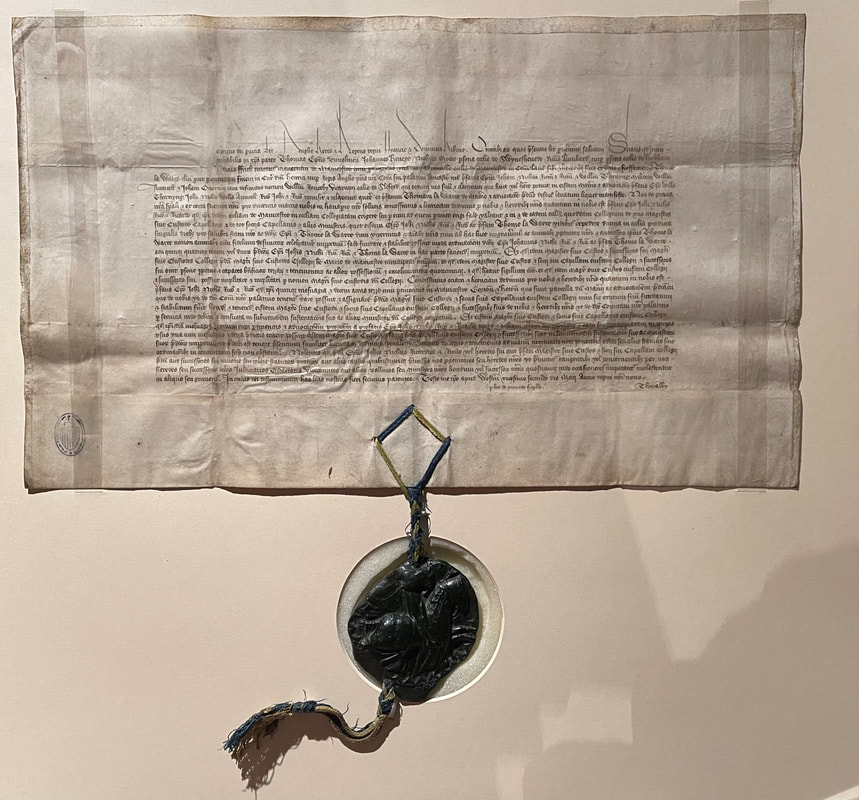
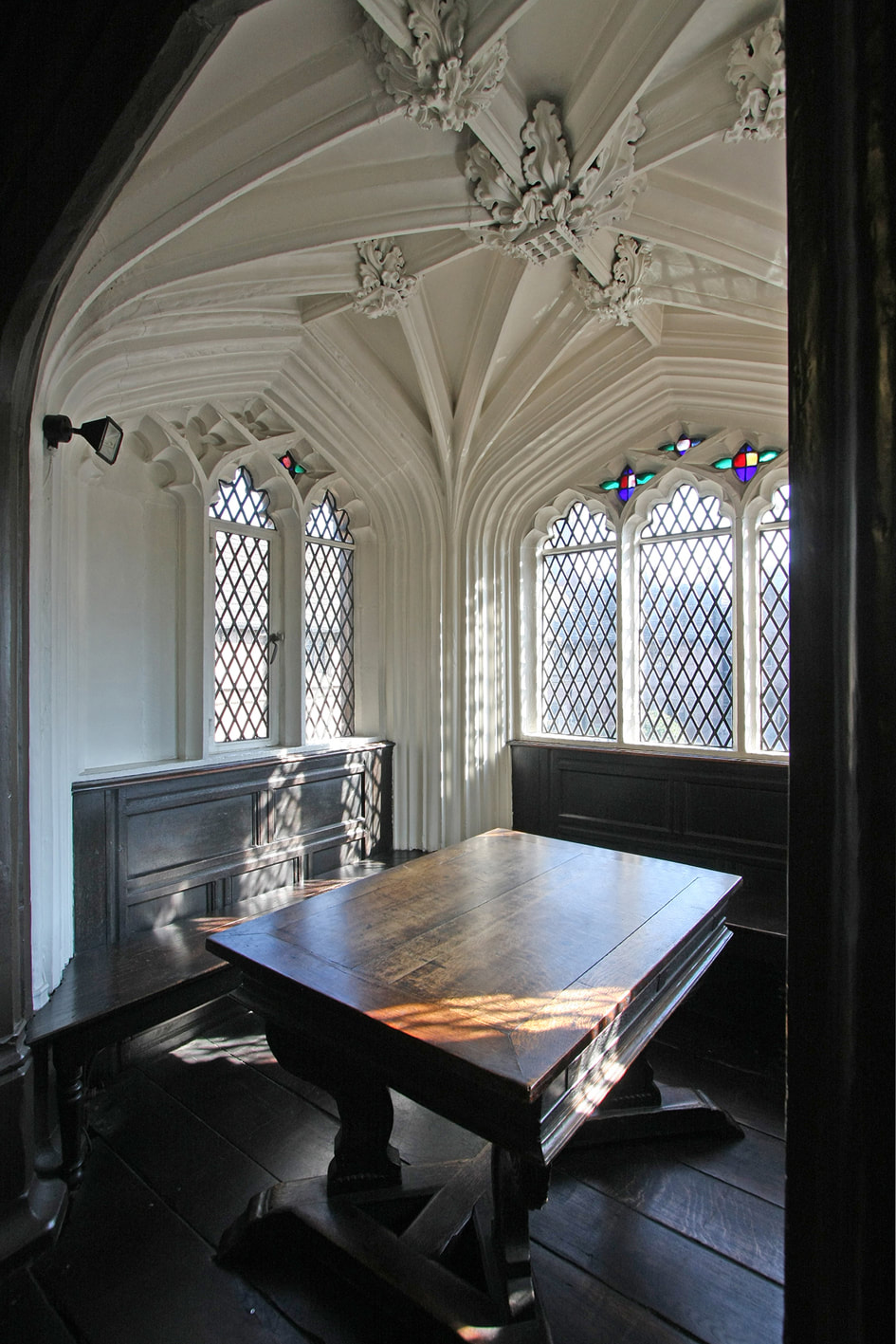
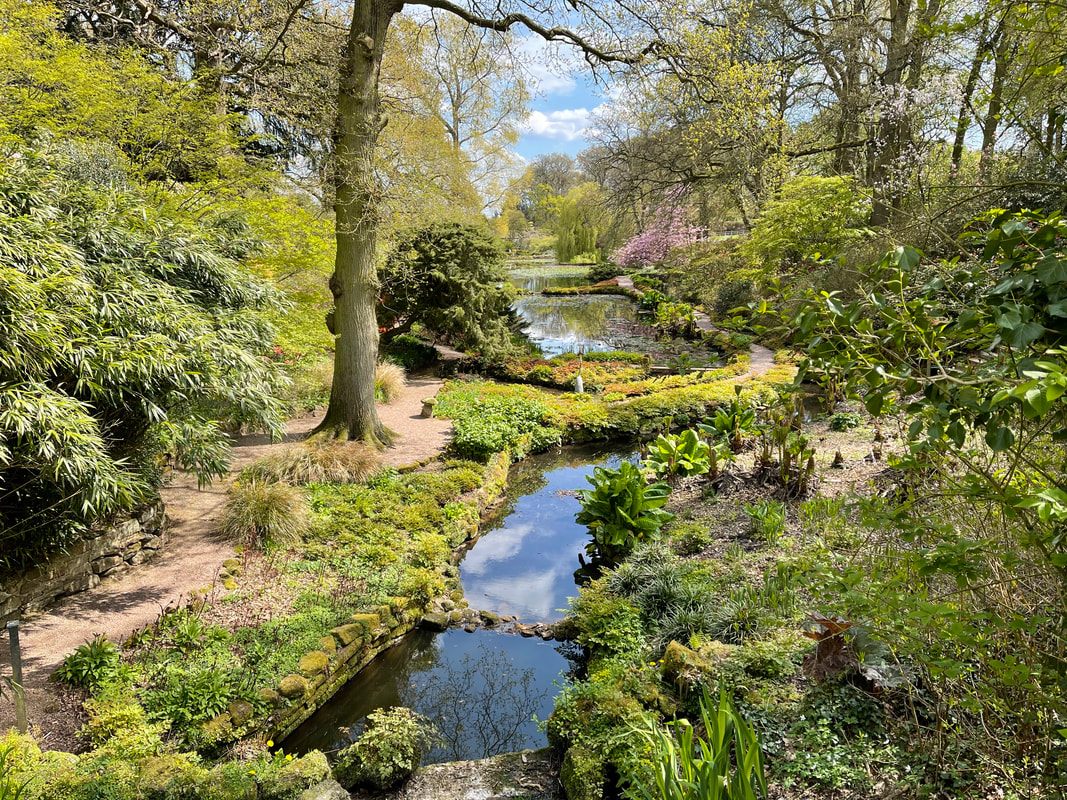
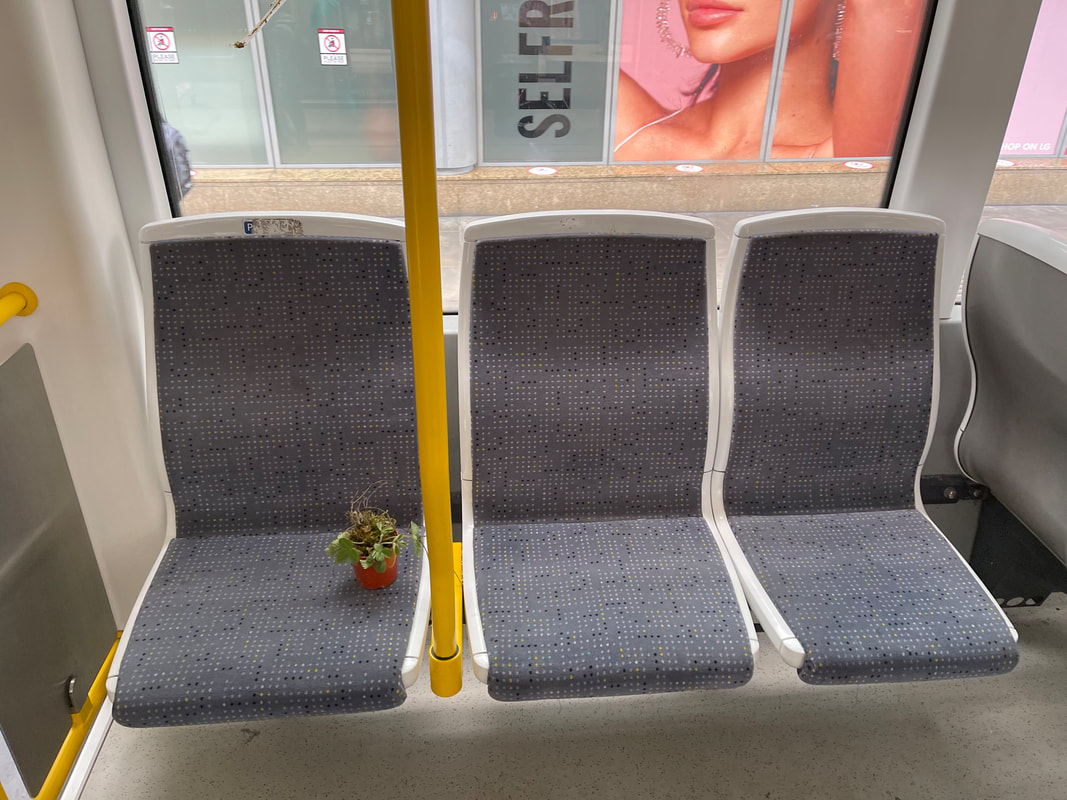
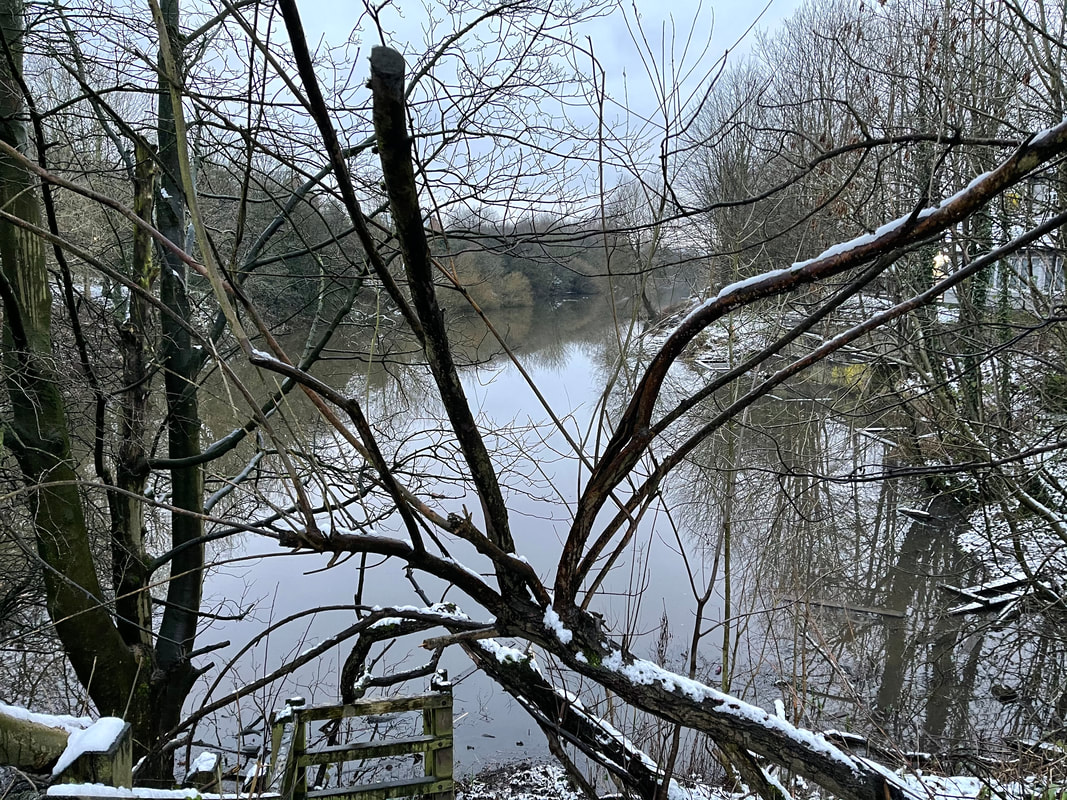
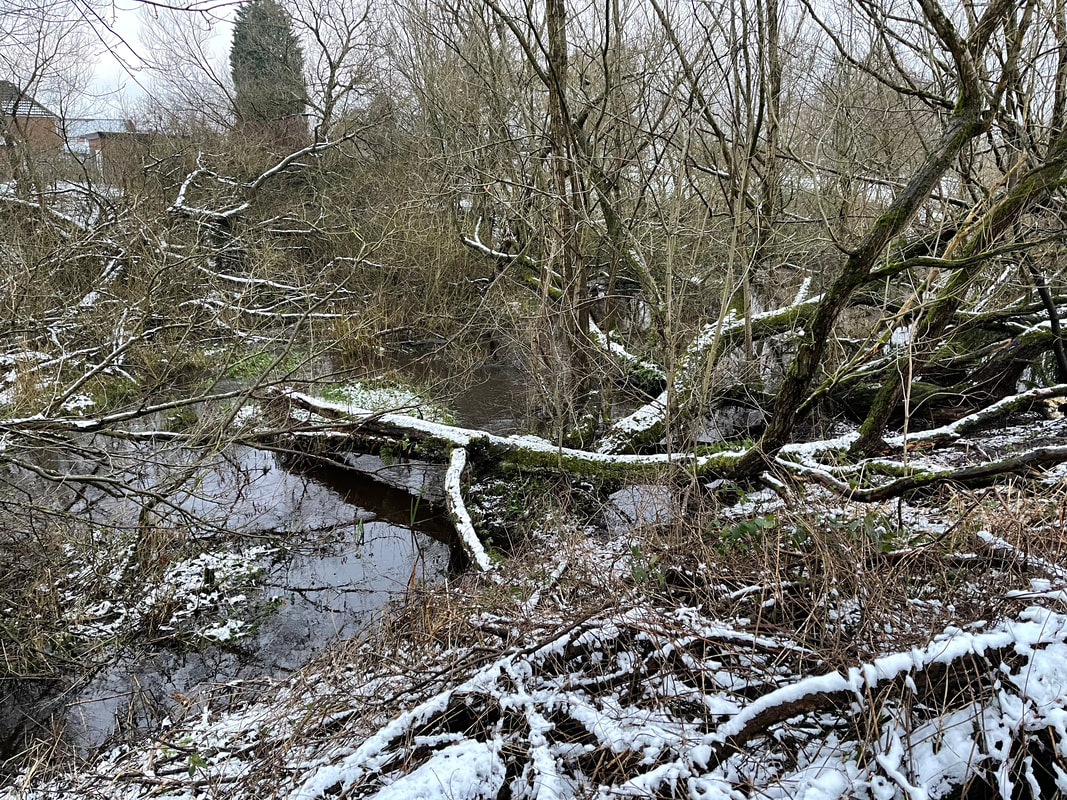
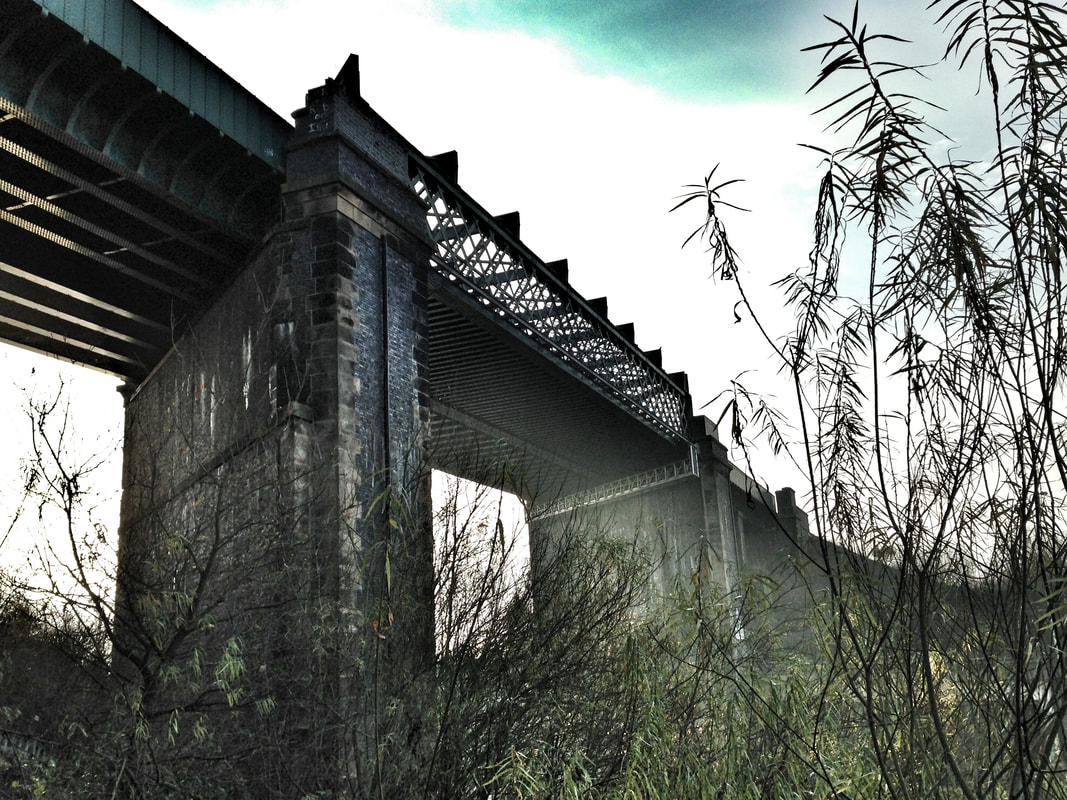
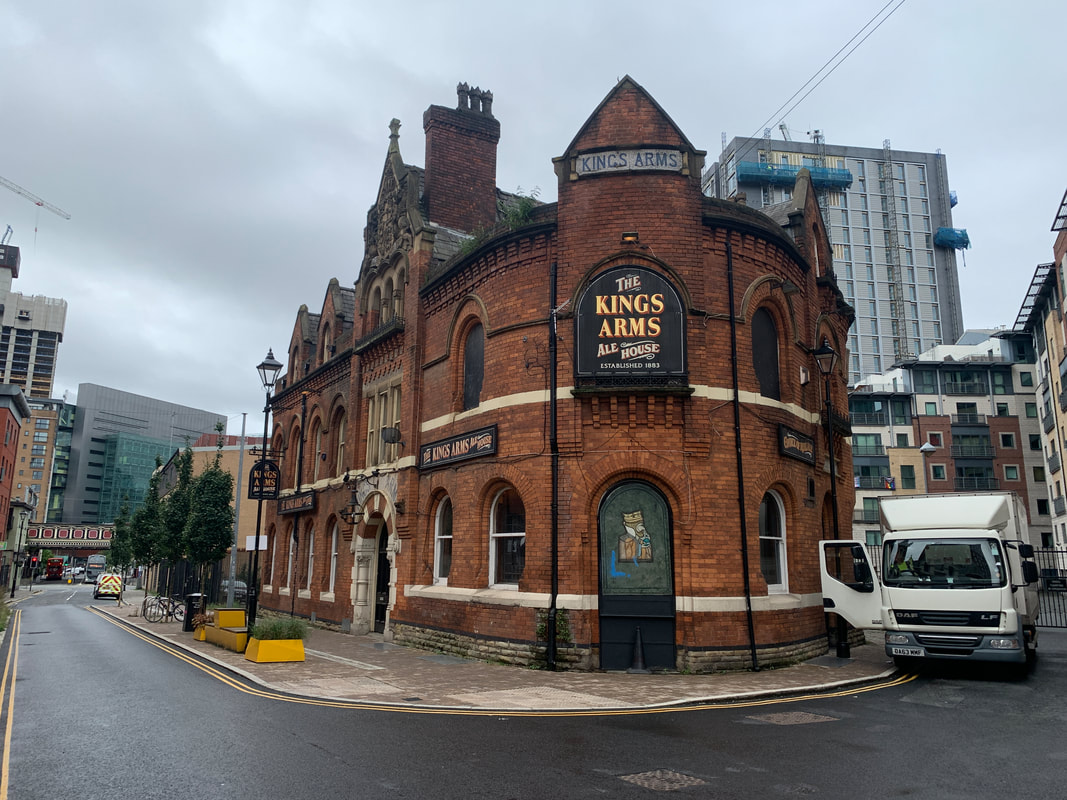

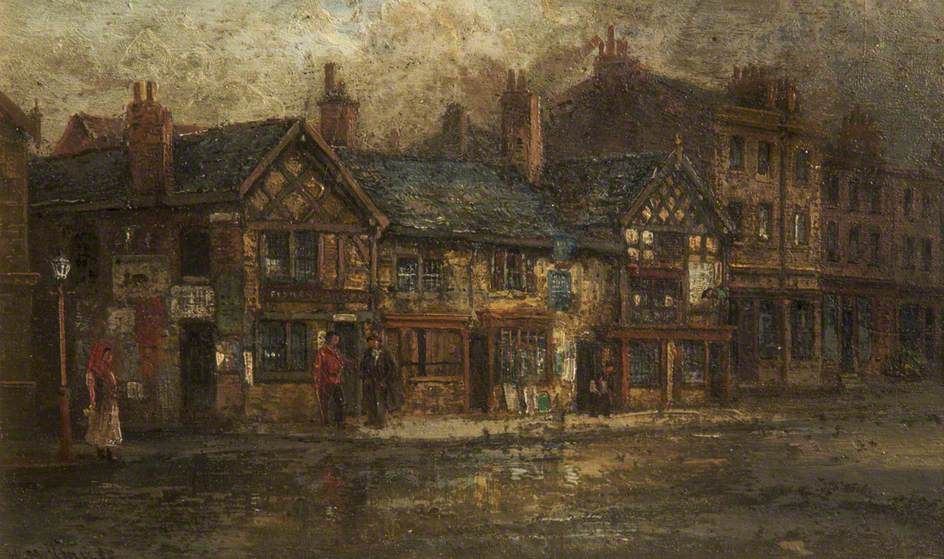
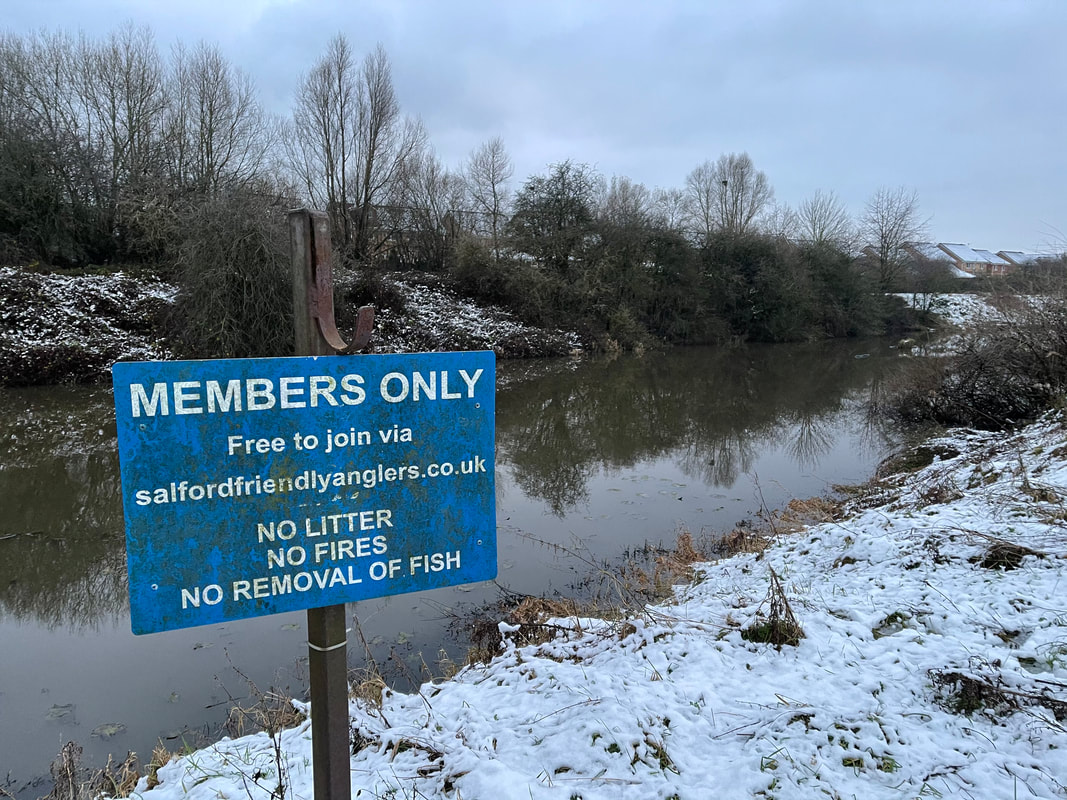
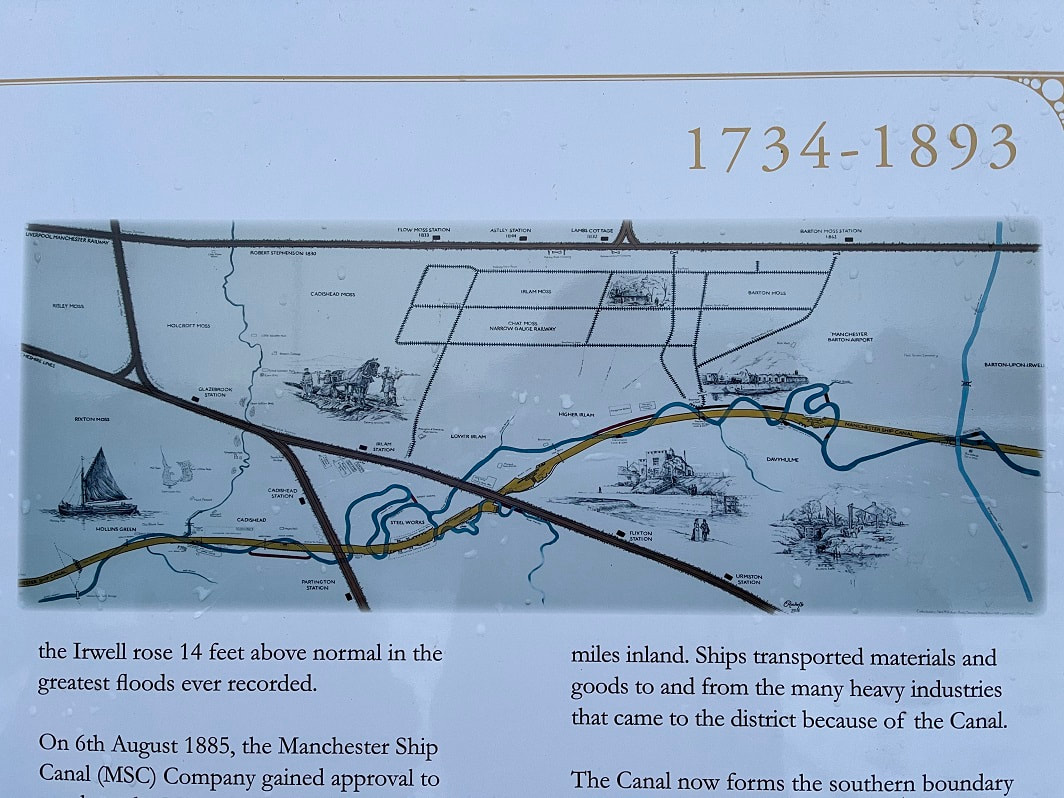
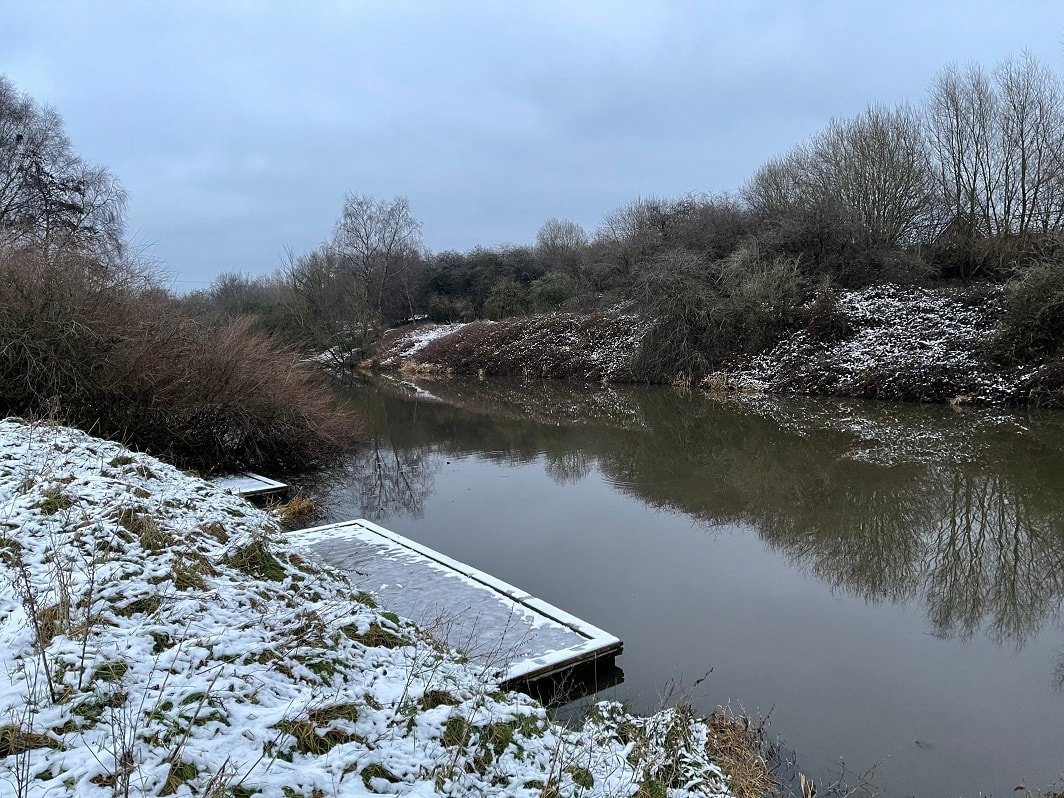
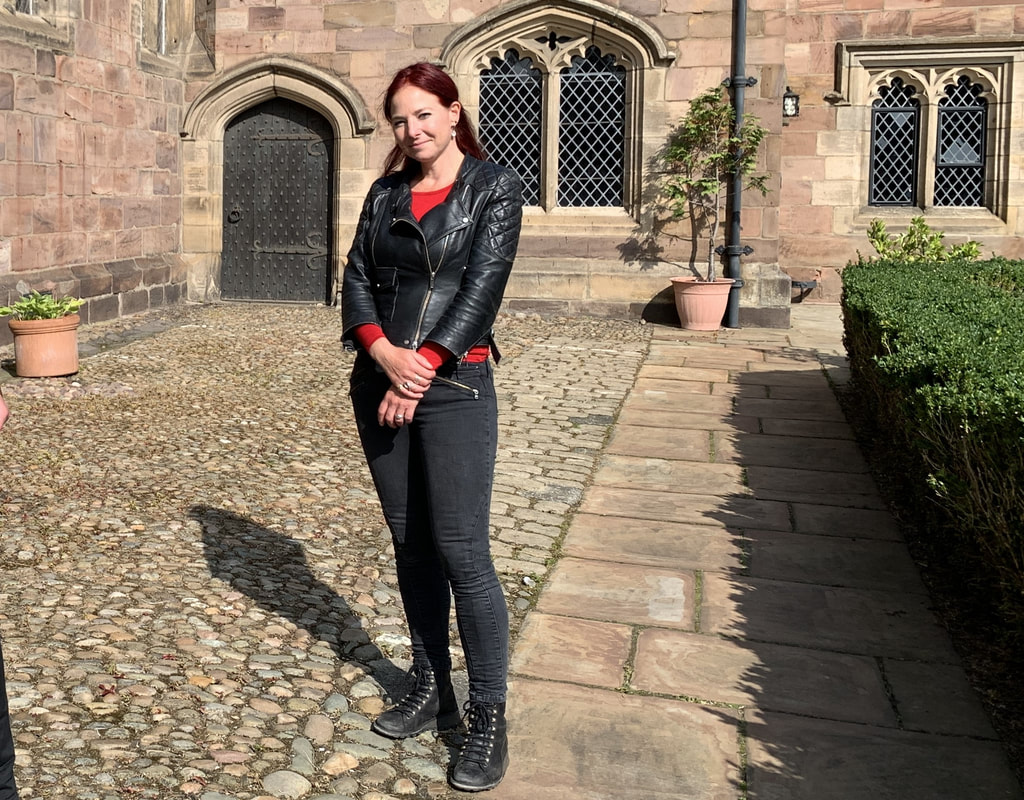
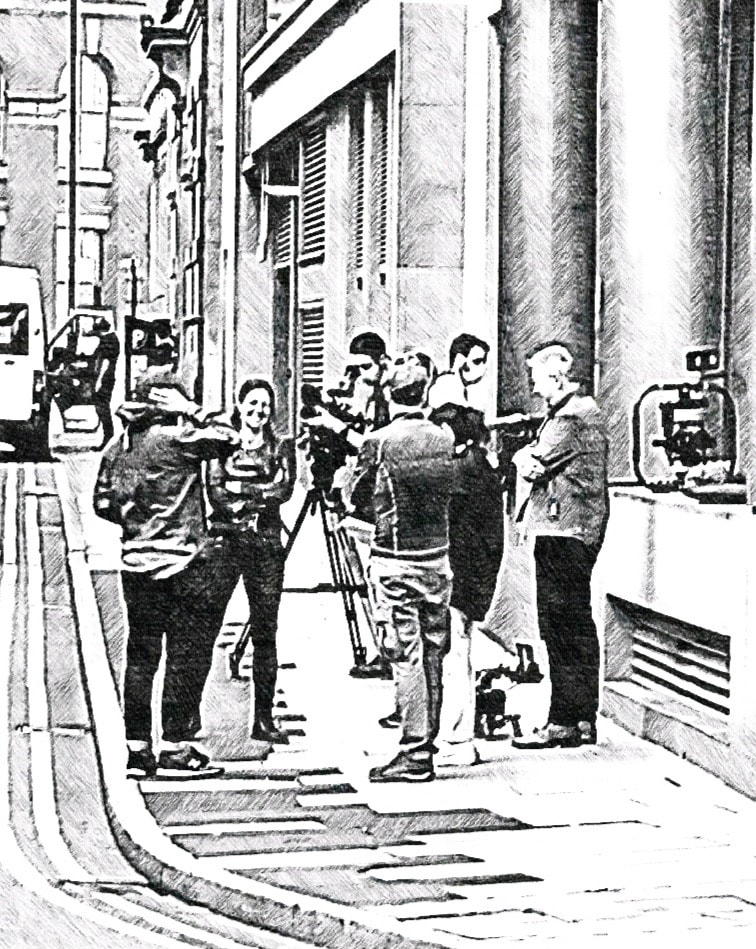
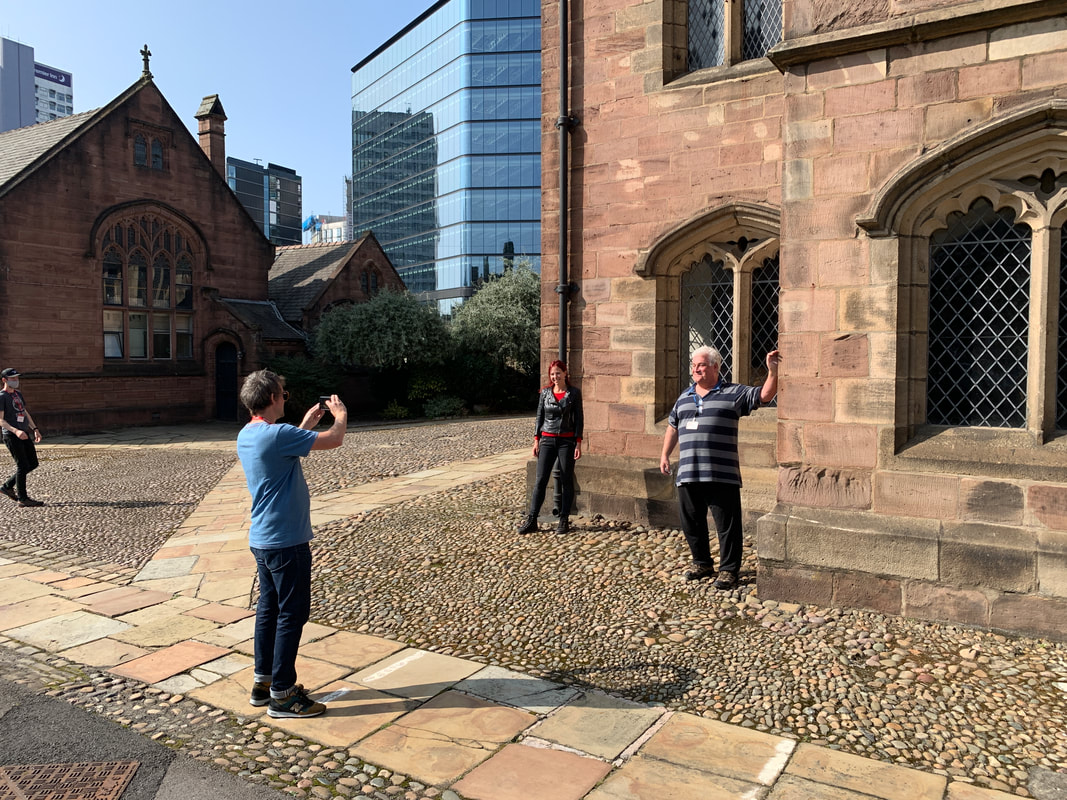
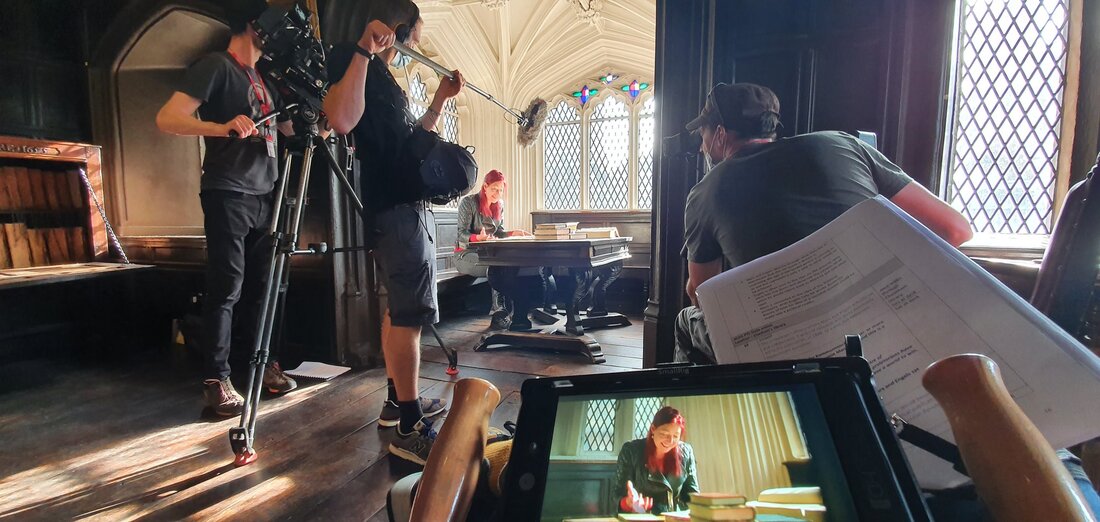
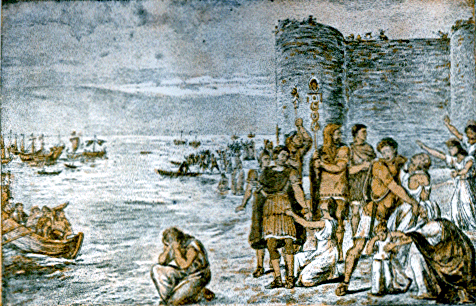
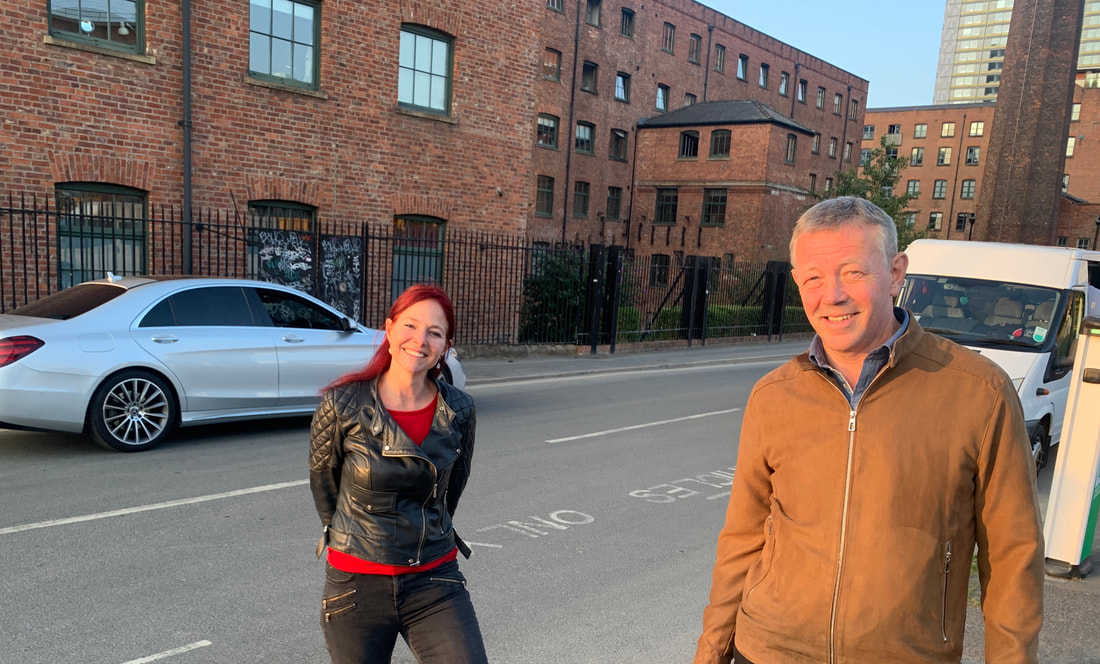
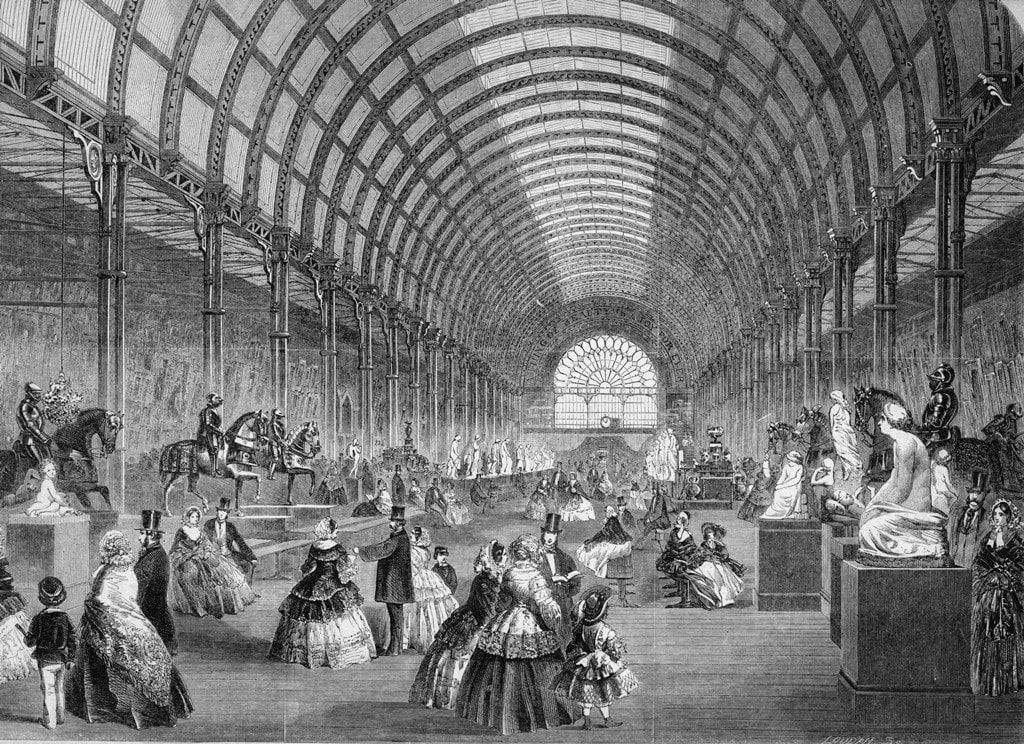
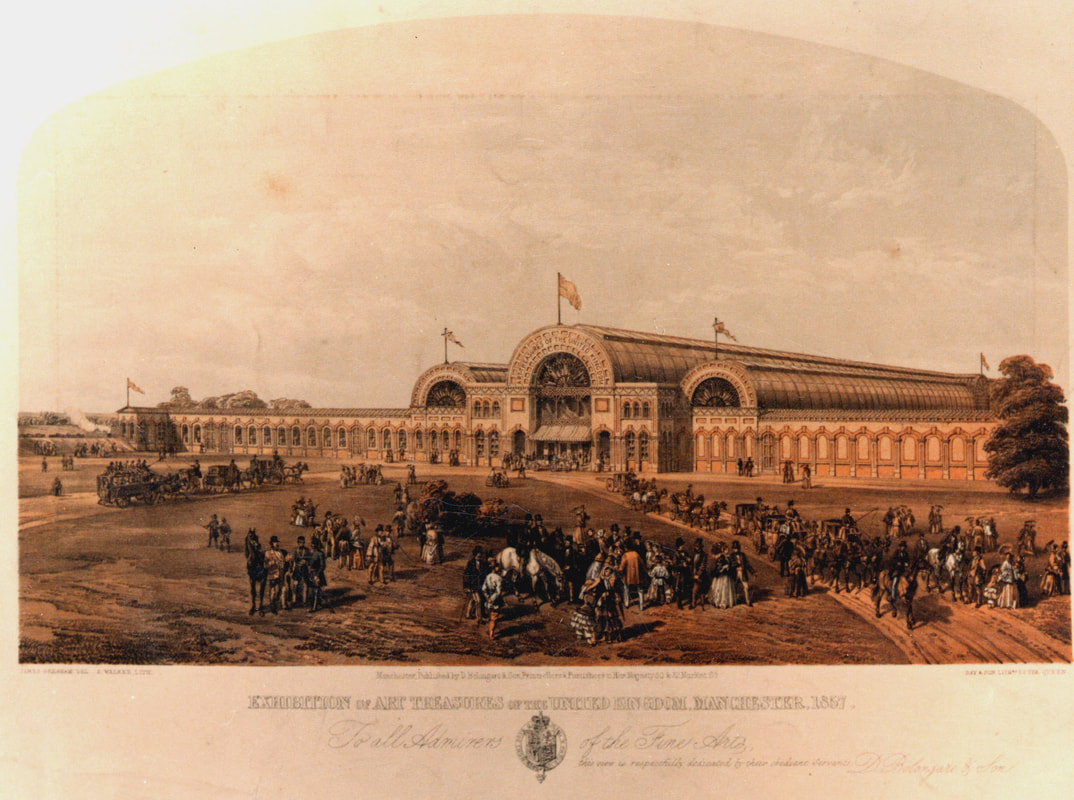
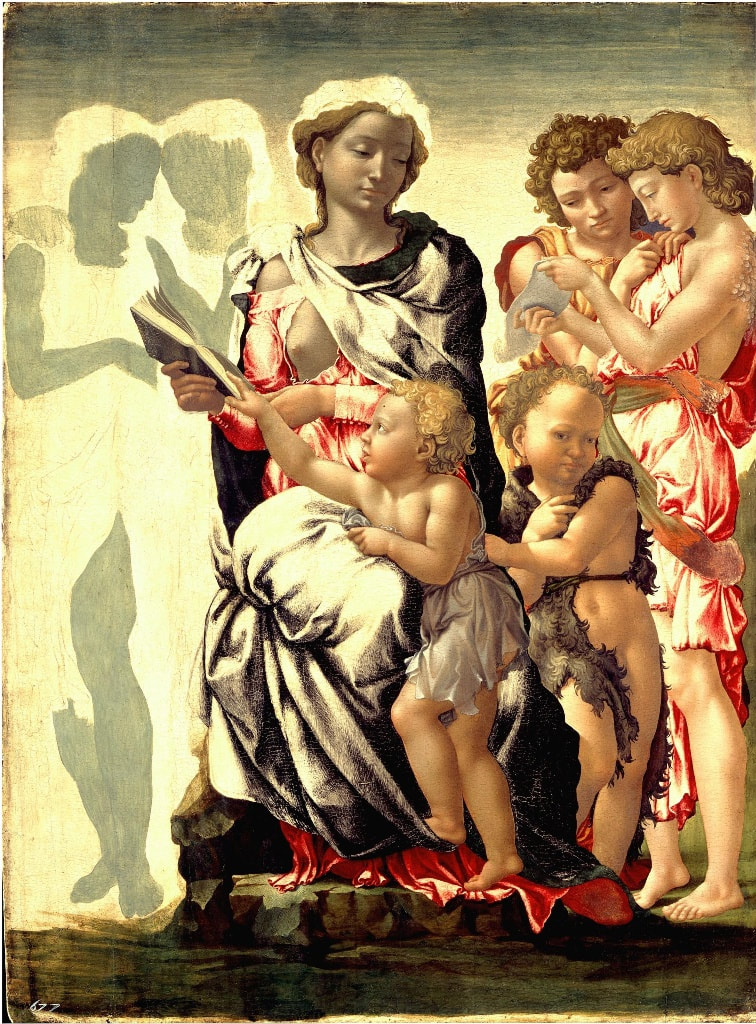
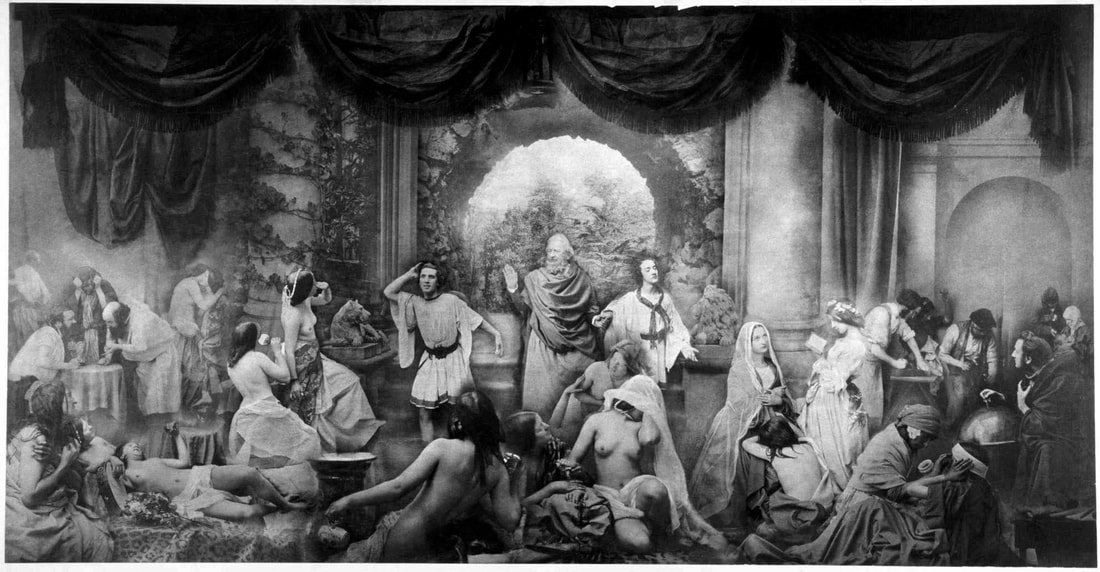
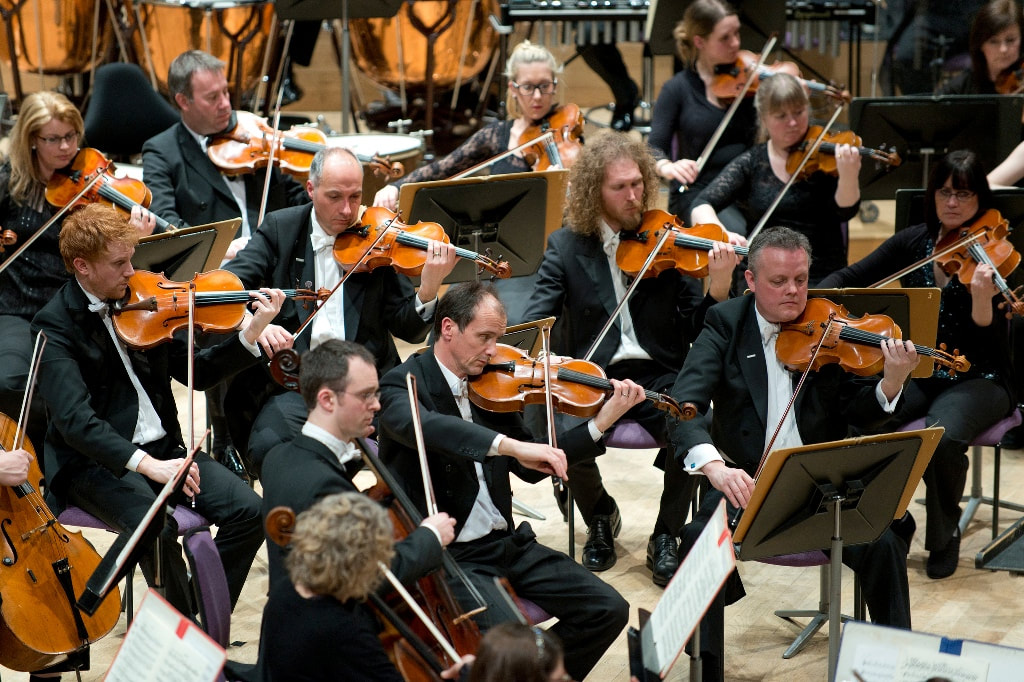
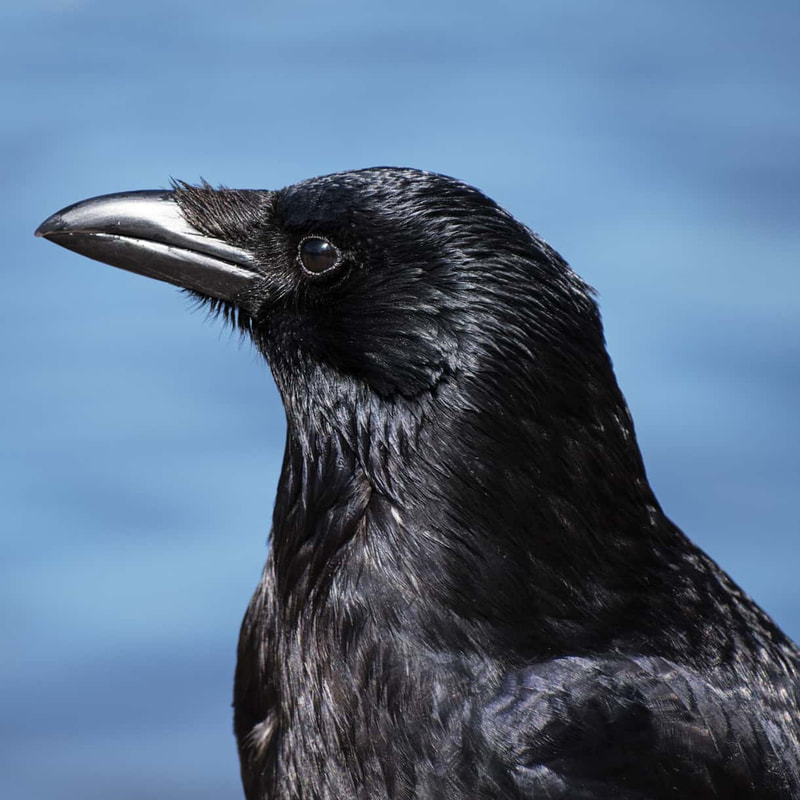
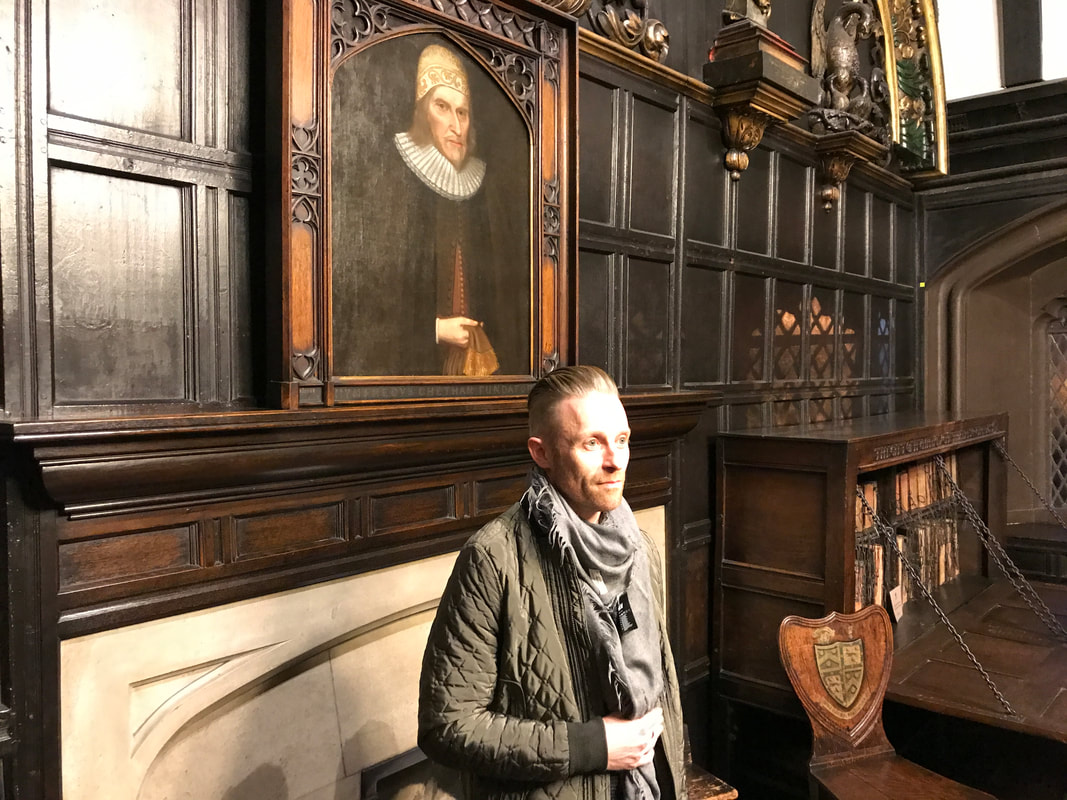
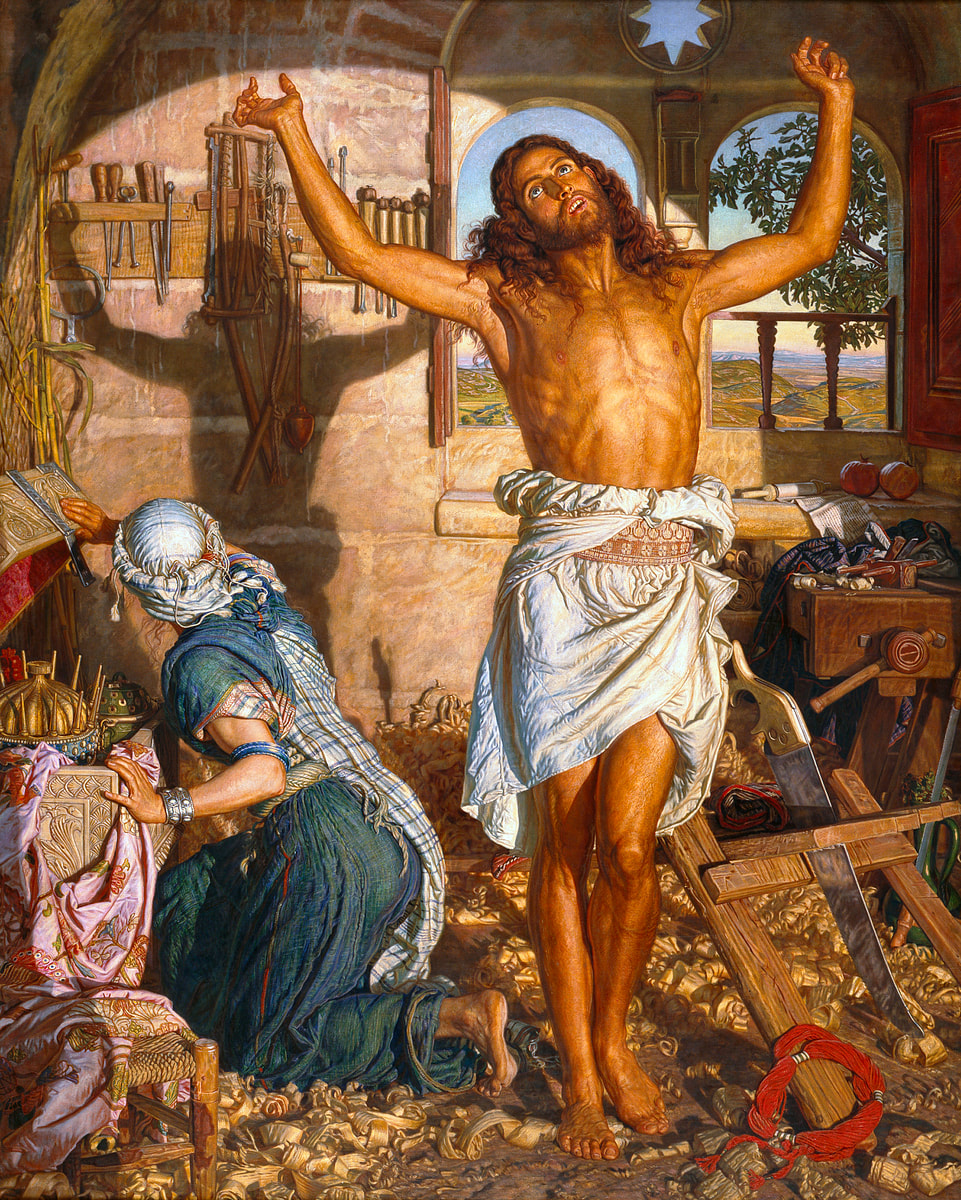

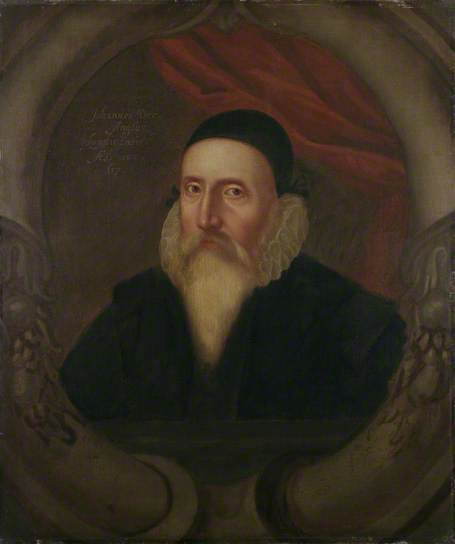
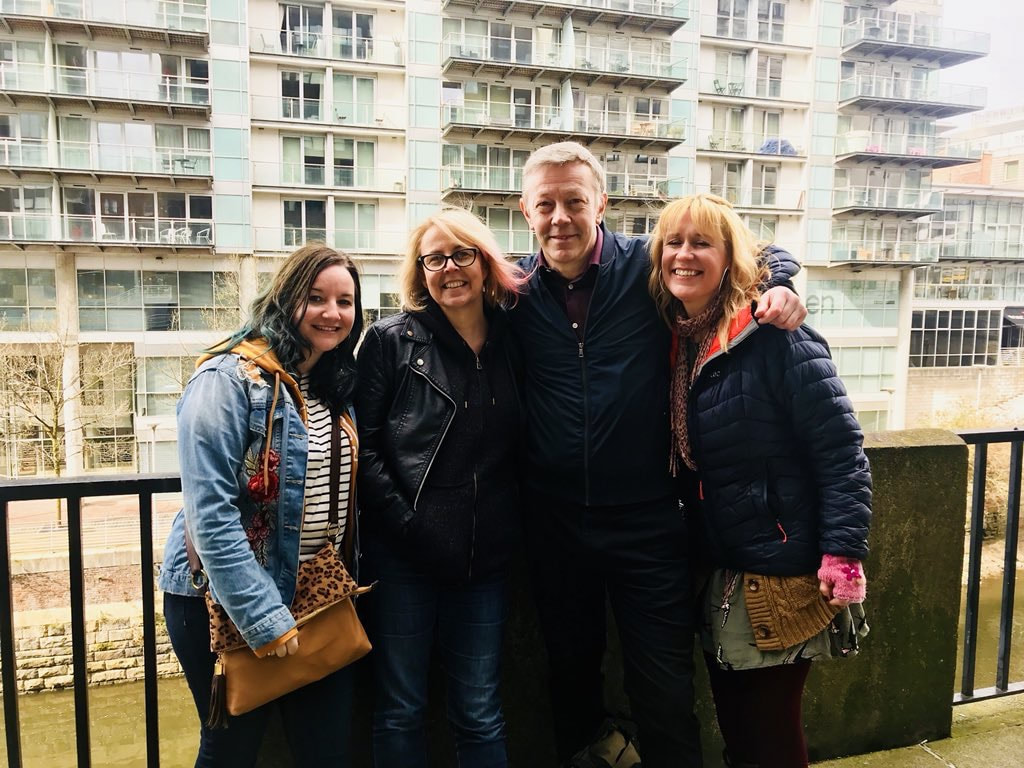
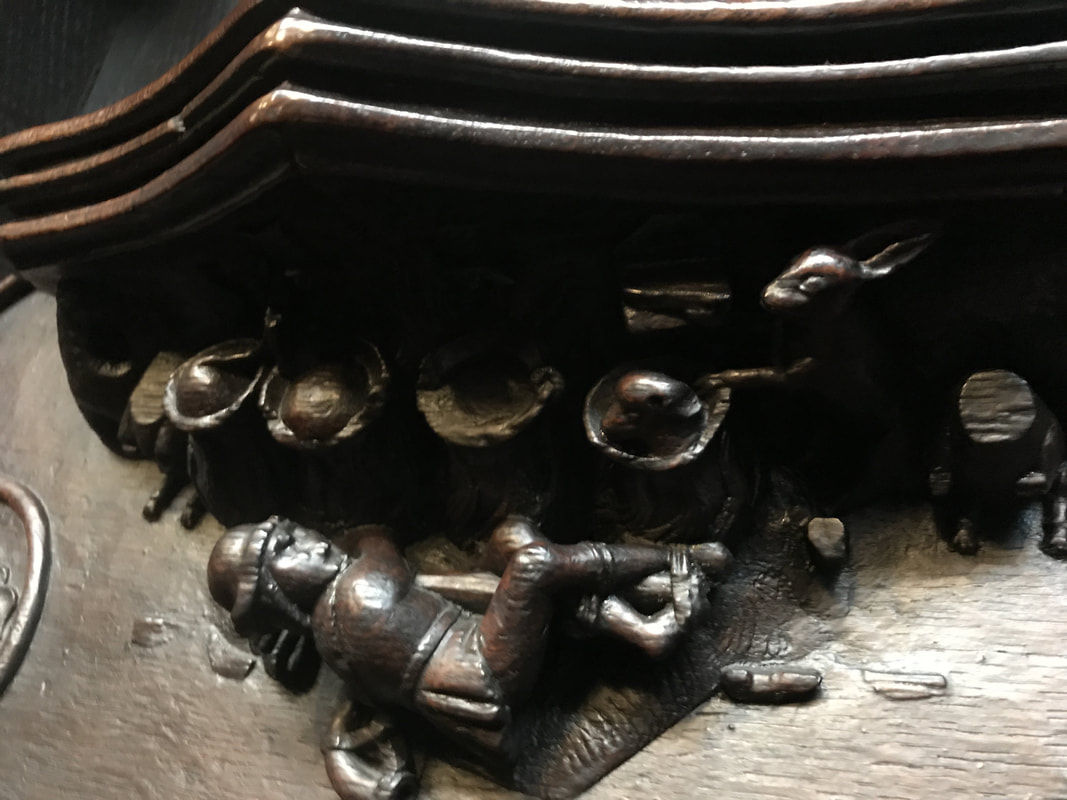
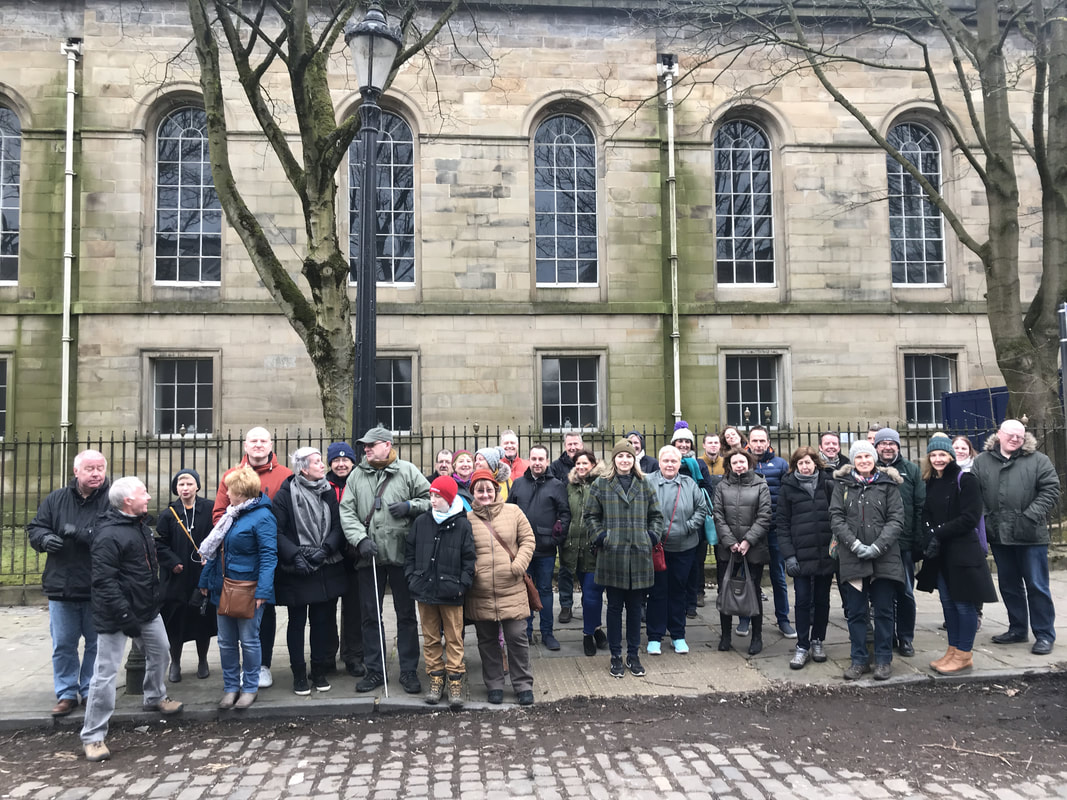
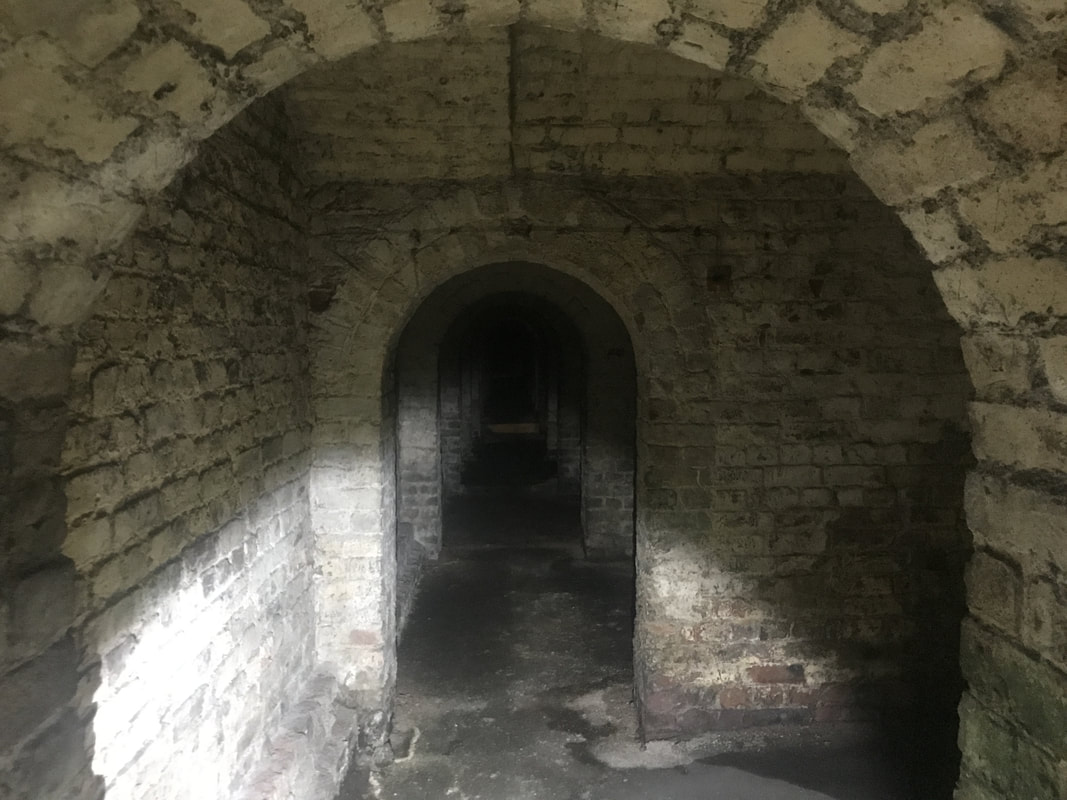
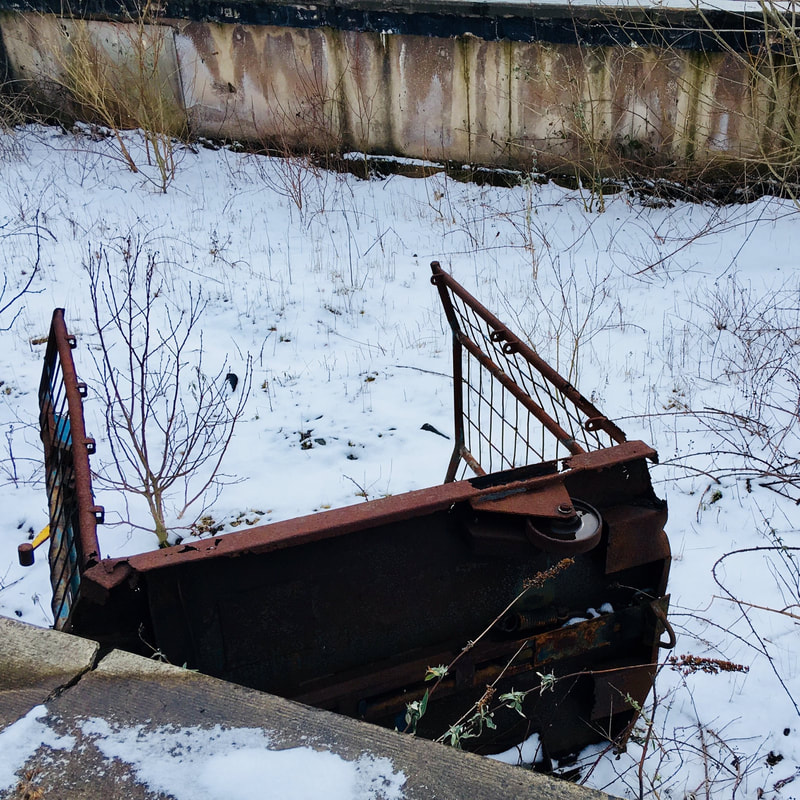
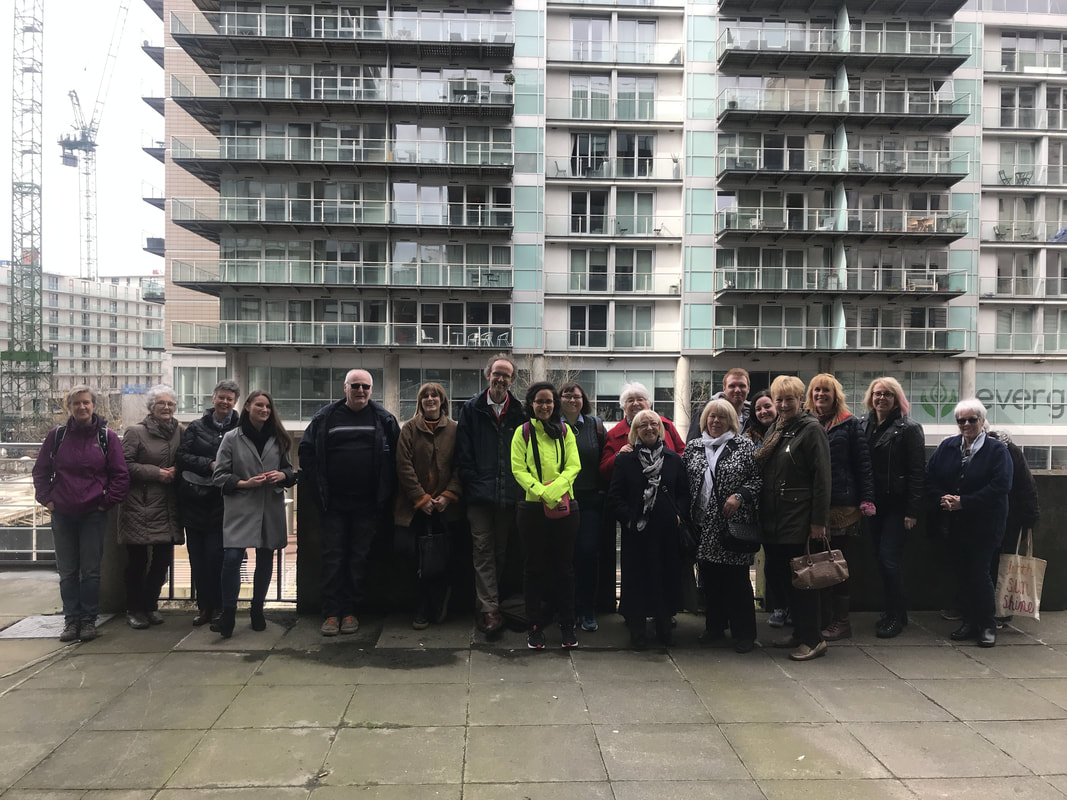
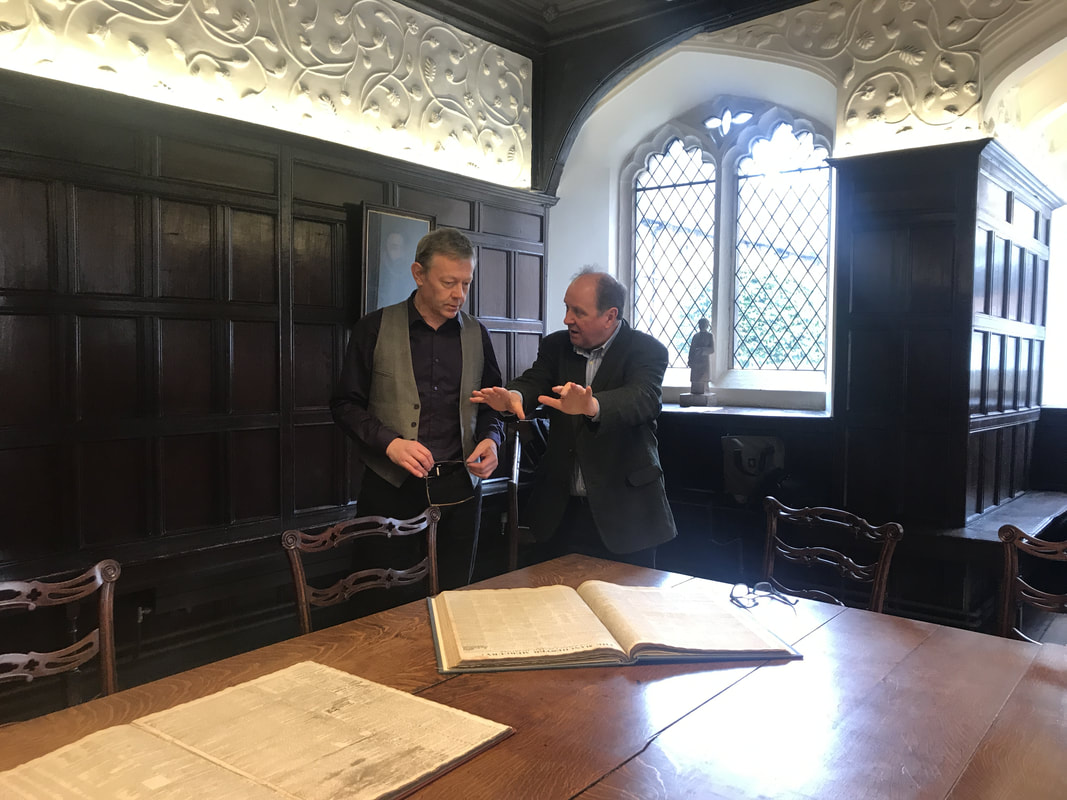





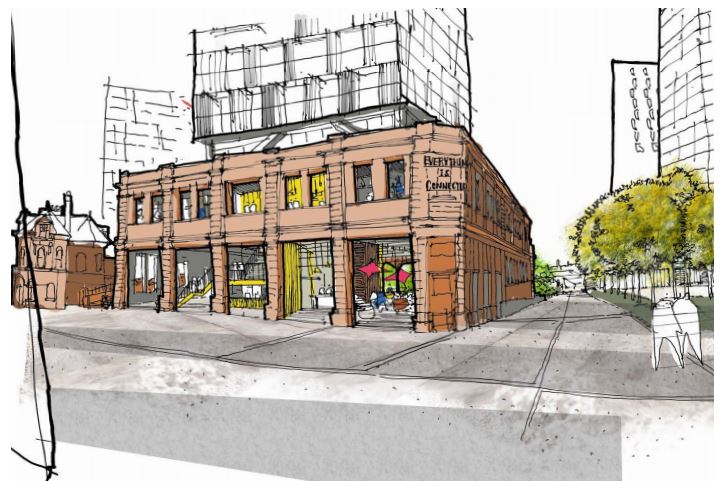
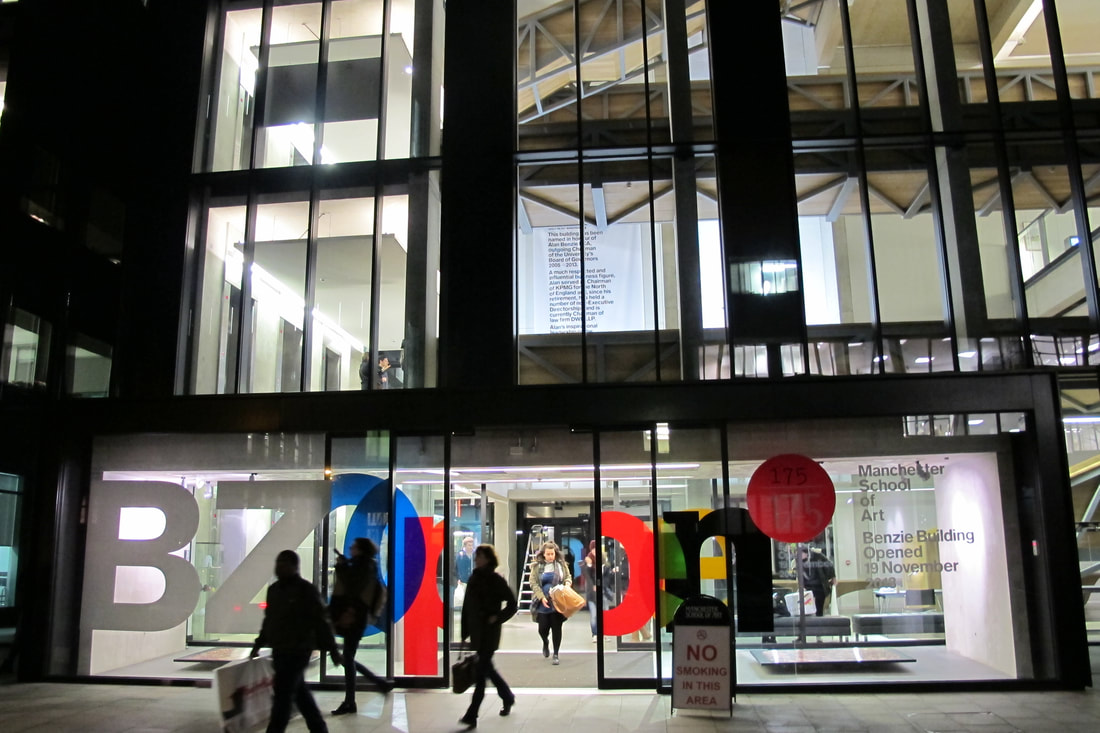
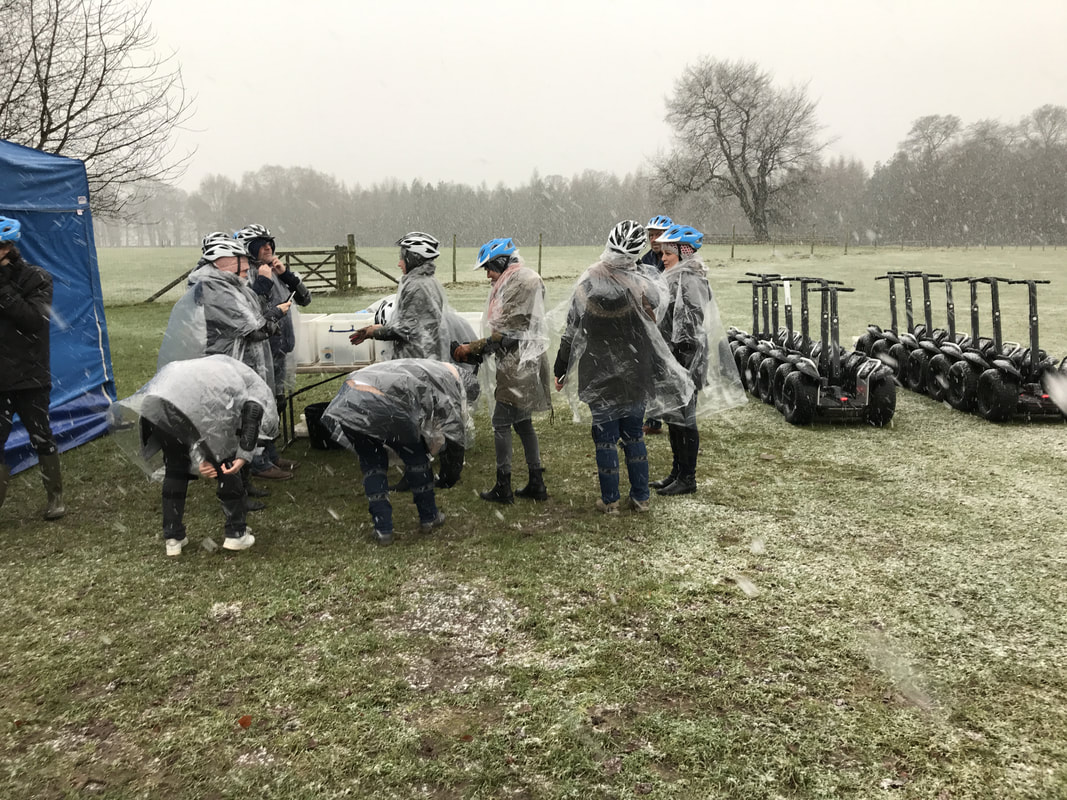


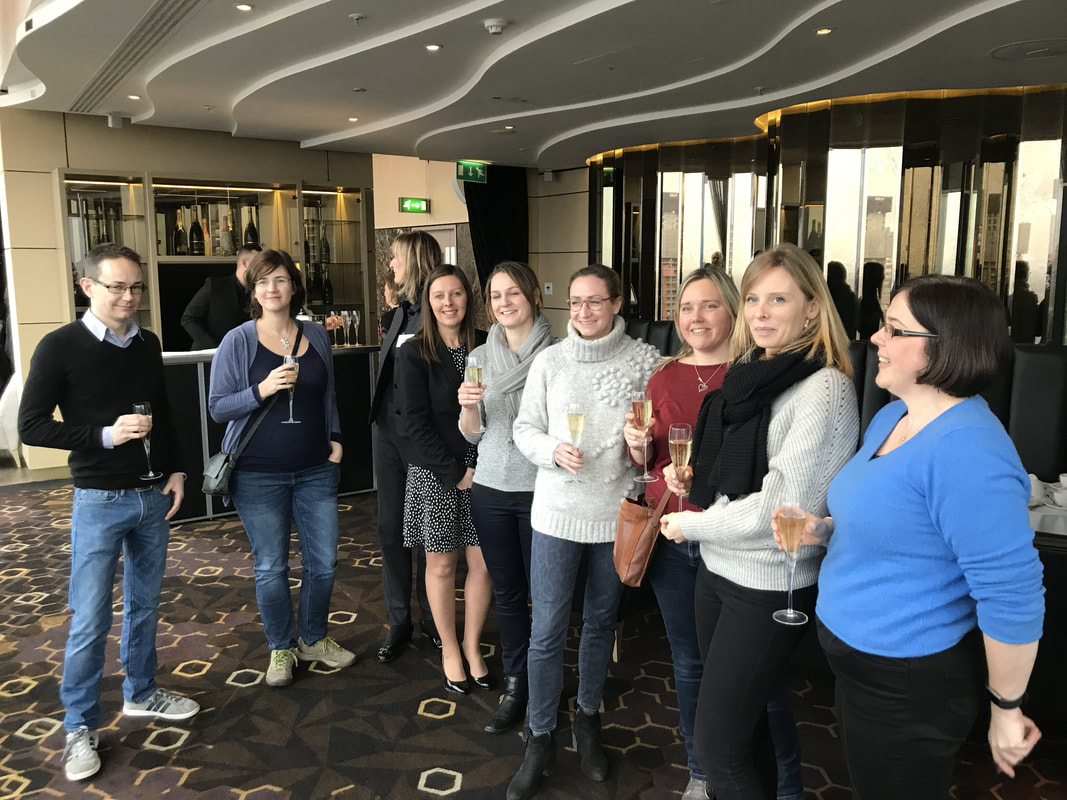
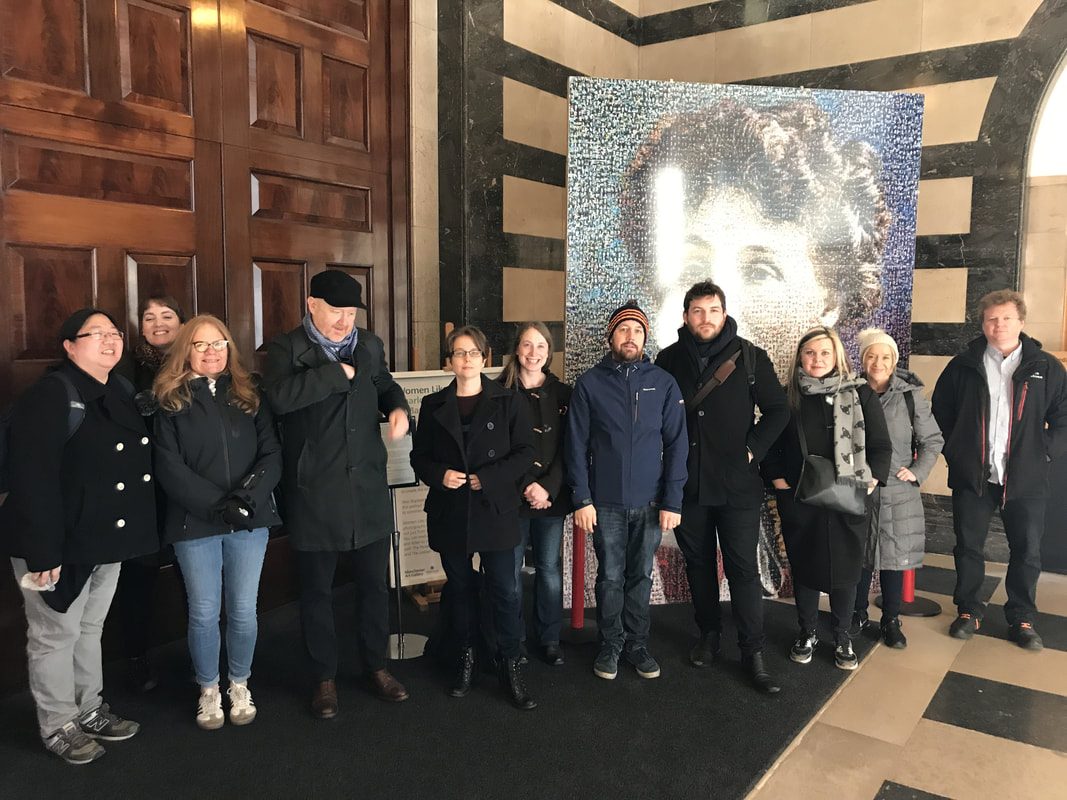
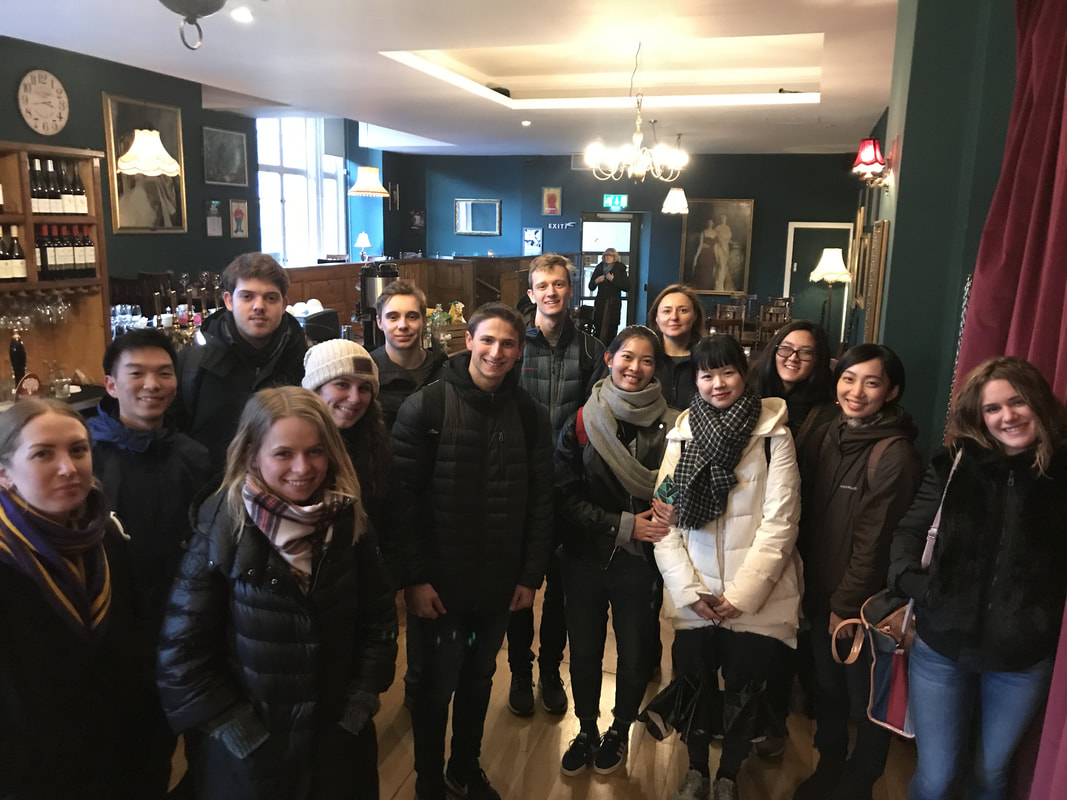
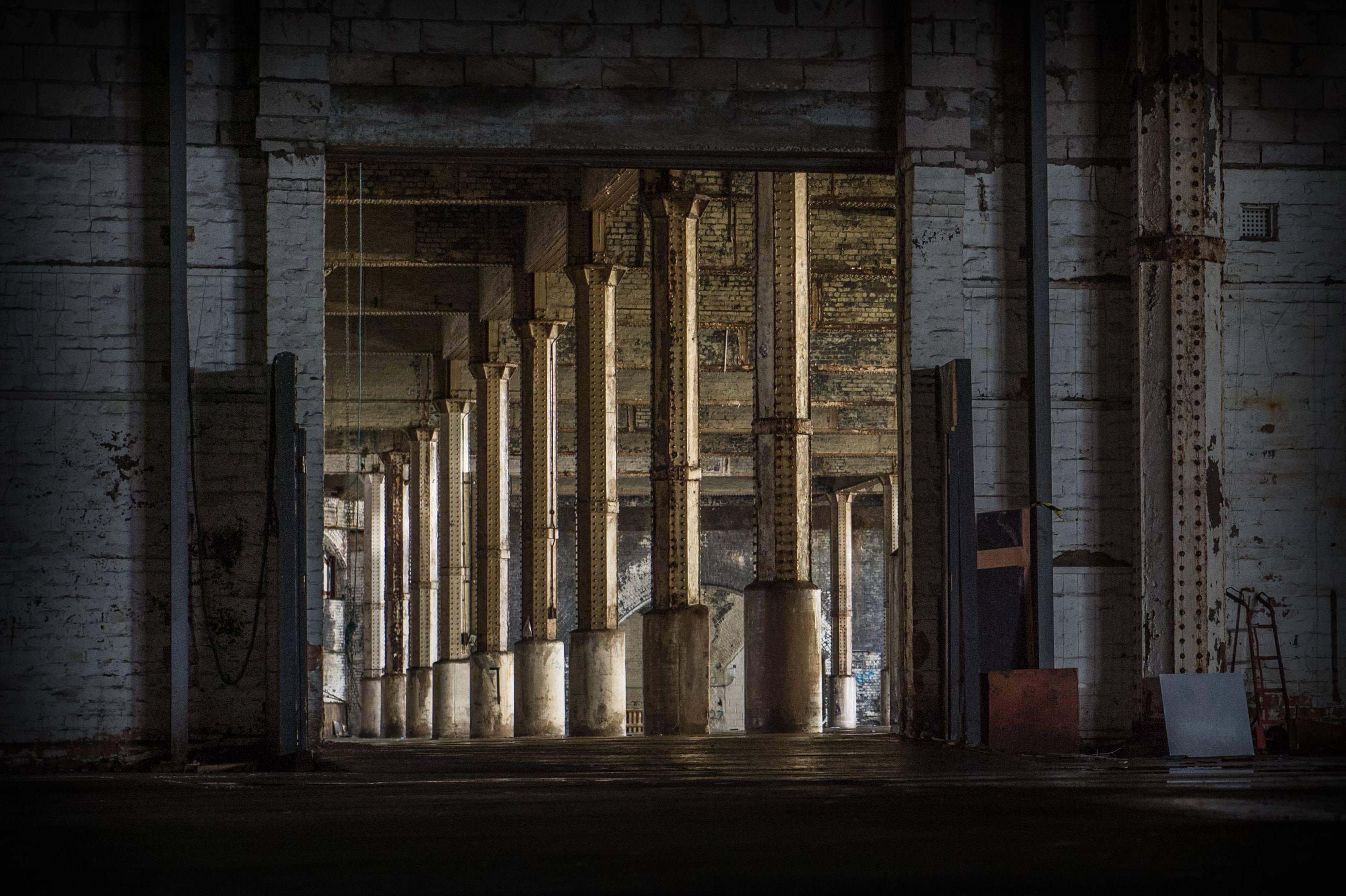
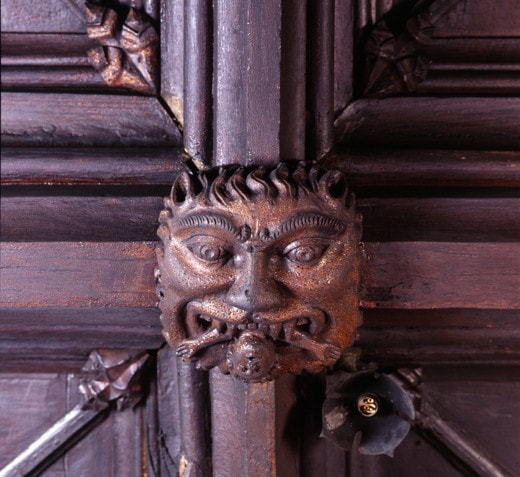
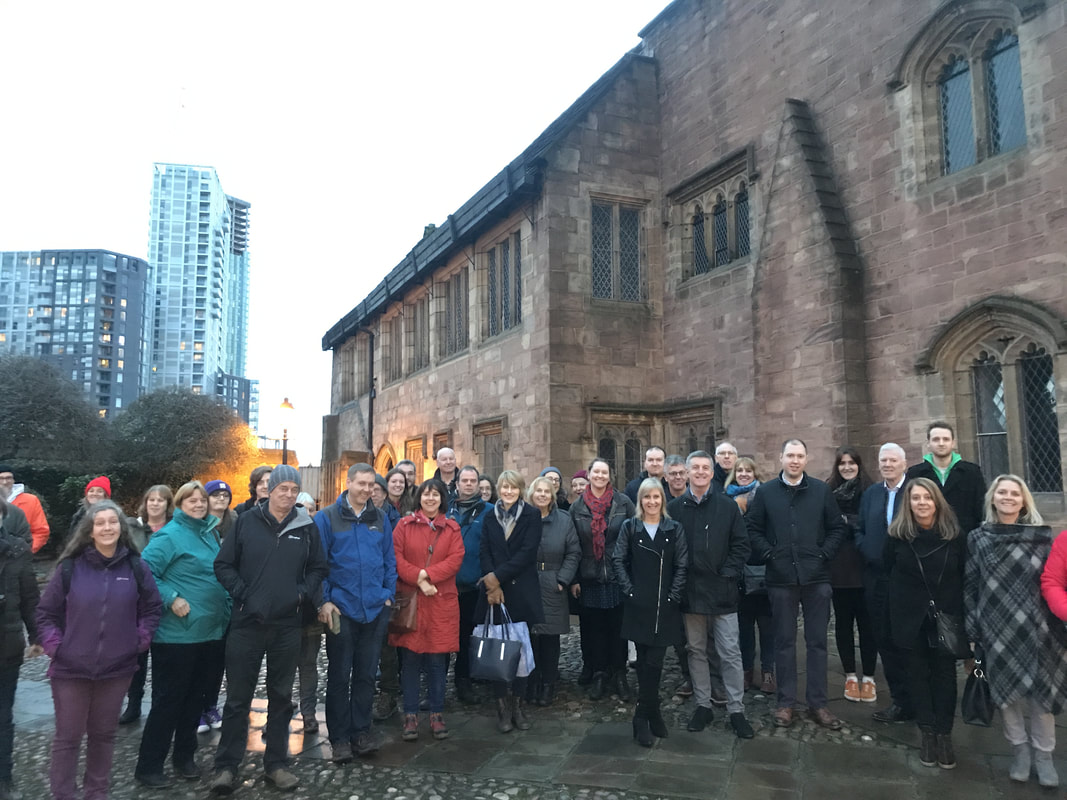
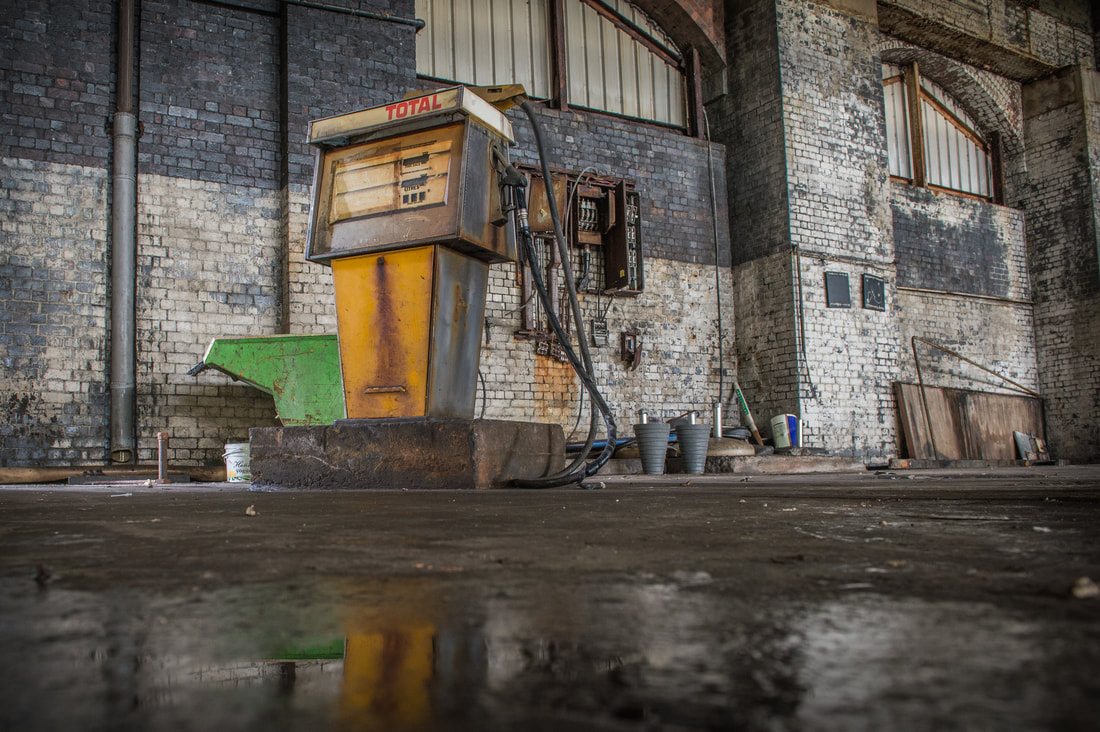
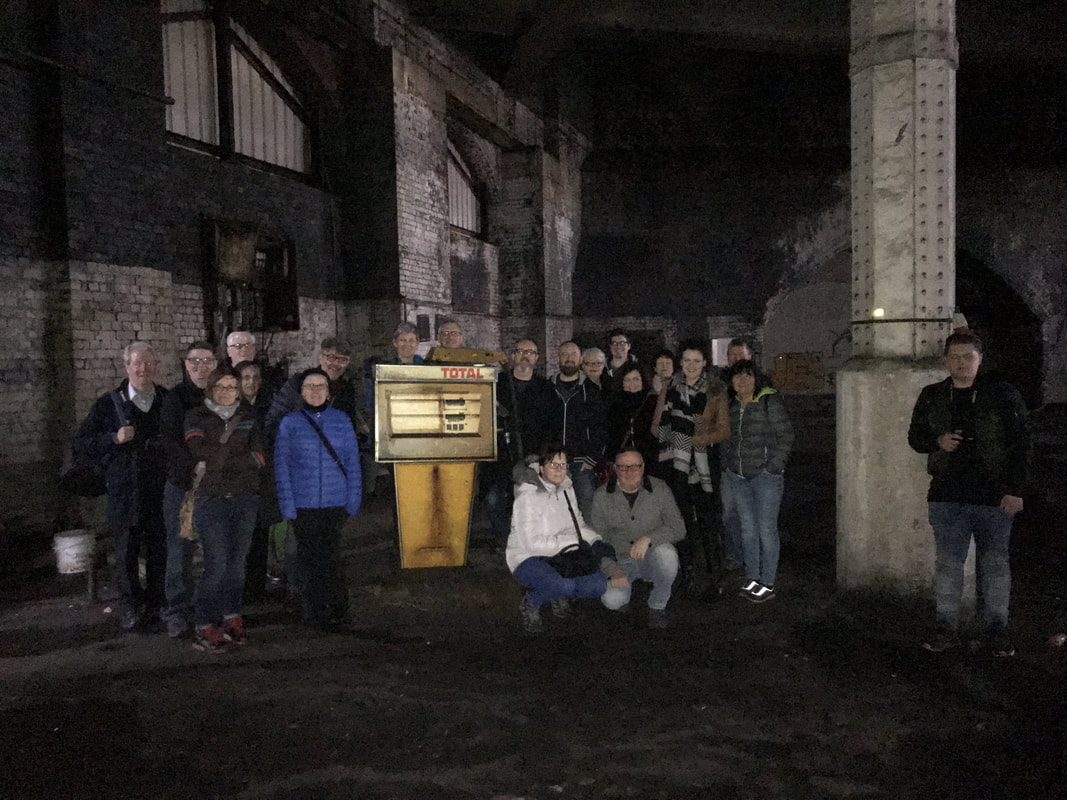
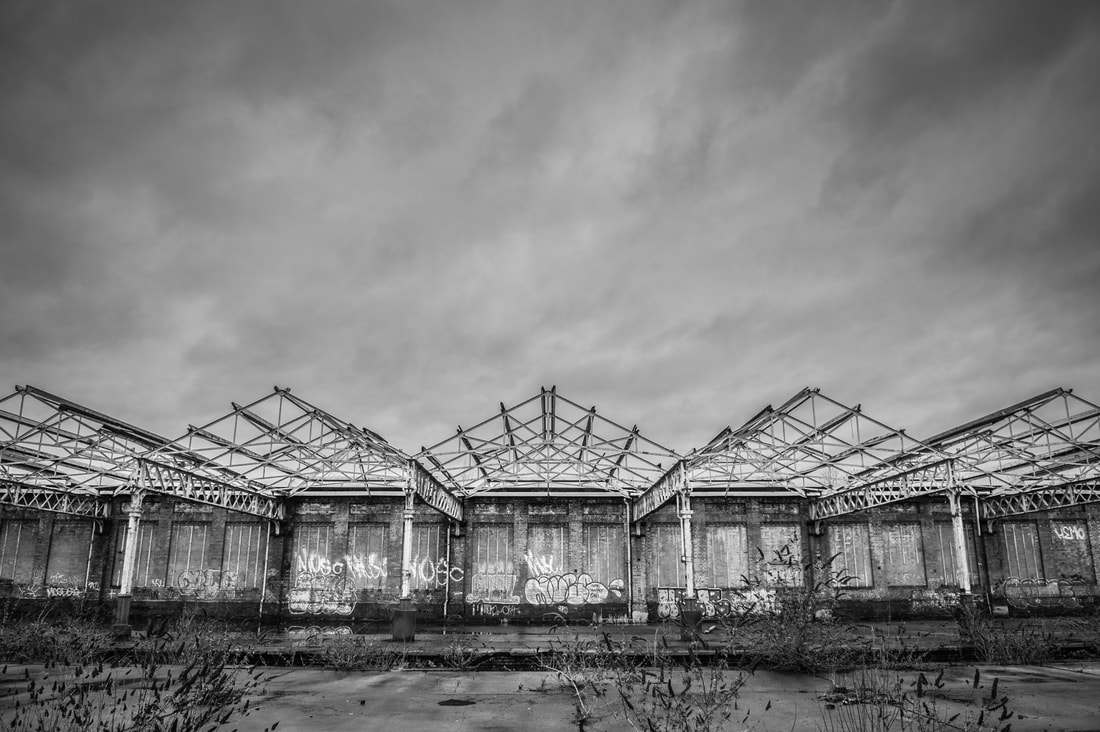
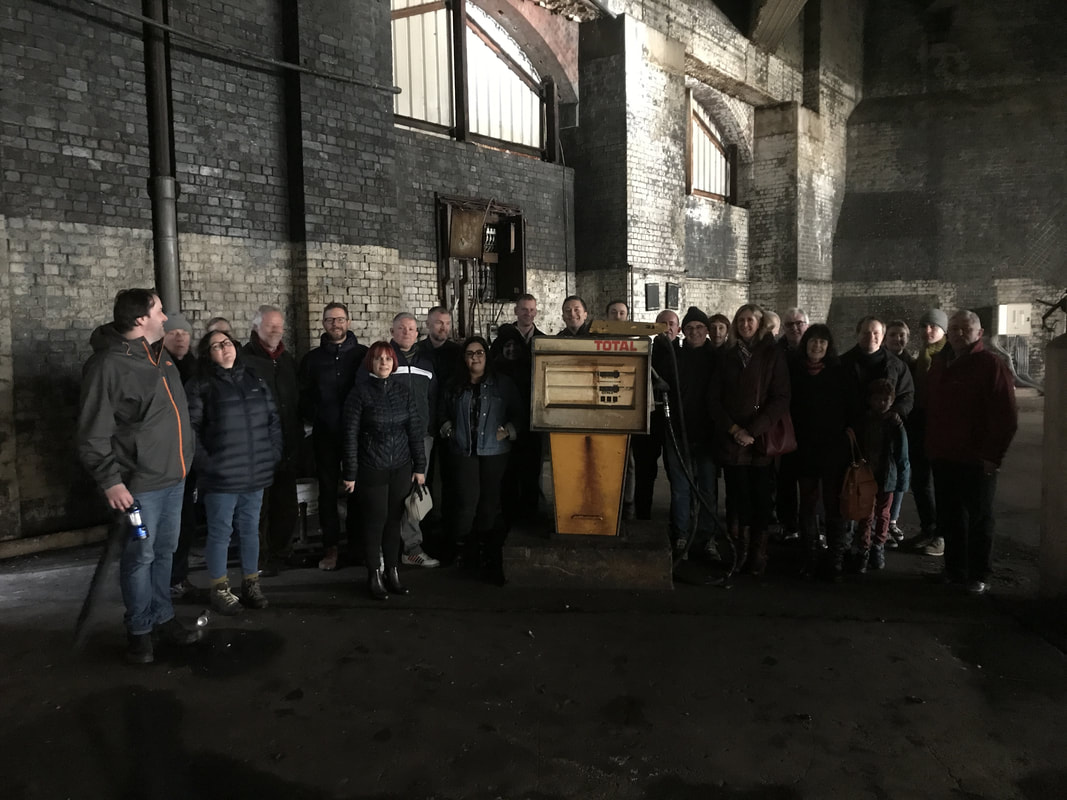
 RSS Feed
RSS Feed